Right around New Years 2022 a fruit nerd asked me if I wanted to tag along on a trip to the Colombian Amazon. It had been at least six years since I’d been to Central/South America and it was definitely time to get back. I took him up on his invitation and was soon on my way to Colombia.
The flight came in through the thick Amazon Rainforest into a town that is an island of urban civilization; Leticia, Colombia. I was picked up at the airport and brought to the hotel where I’d meet my companions for the trip. Diego from Verde Center and Bruno who spotted just about every fruit on our walks through the jungle. Our first night was going to be spent outside of town where we would then get our first taste of the jungle. A secondary forest that was once a Coca (Erythroxylon sp.) field grown by the “narcotraficantes”.
The forest was beautiful, dense, and dark. Lots of herbaceous species such as Ravenala sp. and other fast growing species such as Pouroma cecropifolia, Pouroma bicolor, Inga sp. and many others I can not identify. The understory is a complex mix of species that are often herbaceous plants such as all sorts of Zingiberaceae, other herbaceous perennials and lots of young trees growing straight up. The trees themselves are all growing straight up, so high that looking at the foliage is almost a futile effort as the bright equatorial sunlight blasts through the canopy making the leaves hard to focus on. It’s honestly easier in most instances to be looking at the ground, to make sure you step in the right place and to look for fruits, leaves or flowers that can give clues as to whats above. We wandered and ultimately saw some amazing flowers but very few fruits until we were wrapping up our hike and started wandering past houses in the outskirts of town. We started to see large Theobroma subicanum, Theobroma grandifolium and Eugenia stipitata in quite a few yards. We finally came across some Theobroma subicanum right off the road. These trees grow straight up and look sickly and leaf barren but are loaded with fruit. We asked the people living there if we could pick some and they graciously allowed us. Our guide for the day climbed the tree with ease and picked us a couple of these beautiful glowing orange pods. We wandered down the road and saw an Inga sp. with huge distinct pods in an empty lot. Bruno, the guide, and some locals all got interested in trying to get pods and it was on, but ultimately Bruno was the most successful with the stick flinging method. The fruit was great; a lot of pulp with a sweet and slightly cinnamon-y flavor.
Our trip really began the next day as we got our first look at the Amazon River. We took a taxi down to the pier and on our way drove through a market. Diego starts shouting, “Mano do tigre!!” We look out and see a vendor with a bunch of Duguetia stenantha, stoked! We got out of the taxi at the next place we could stop and went and bought a bunch of fruit and made our way back to the docks. We got on the boat and headed up river to Puerto Narino. Soon after docking we got walking and got our first introduction to Pahway. A species that we aren’t really sure what it was, but it was this bright orange fruit littering the ground right off the path. The fruit was fibrous like a Cashew Apple (Anacadrium humil) juicy, and very delicious. We wandered, picked fruits, collected our media and walked on to see huge Macambo (Theobroma bicolor) trees with fruit littering the trail. Turns out I’m the only one who seems to like the pulp surrounding the seeds. The pulp is a white/cream color, creamy texture and slightly durian-y. The flavor brought back a lot of fresh delicious stinky durian eating in Hawaii, yum. Our night ended at Lago Tambopoto (?) where we stayed in a two story cabin on stilts that swayed when anyone moved around. Amazing feat of engineering and a little bit terrifying haha.
The next day we were going on a walk through the jungle with a local who is a monkey hunter and farmer. He uses a blow gun about 8 or 9 feet long, probably 3 feet taller than him. We immediately encountered Theoboroma subicanum and got some more fruits, indulging in the great funky tang that is hard to forget. We wandered through lots of Chagras new and old and encountered lots of cool things like Bellucia pentamera, which has gorgeous flowers and slightly inconspicious sweet green fruits. We walked through some Cacao orchards, again encountering Pahway except this time with a whole carpet of fruits. They were absolutely everywhere, it was really beatiful but most fruits were past prime and a little funky.
We continue our walk and get deeper into the jungle seeing some really beautiful forest. There are these really beautiful little winding streams that are all throughout the Amazon. There’s bright blue mineral rich waters running slowly through the dark Amazon, its really awesome. It makes for a lot of interesting improvised stream crossings that usually aren’t too much of a problem. Right off one of these streams was this incredible Fuchsia spp. (?) and it had these bright read heart shaped calyces with flower petals protruding out. Honestly was just so gorgeous, the sun hitting it perfectly in this dark section of the forest. Some plants just want to be seen. We end up getting to the farmer and hunters Chagra deep in the jungle. He has a little hut with open walls and a thatch/tarp roof. Ultimately kind of crazy timing as this huge rain swept in right as we got there. We took shelter and got to see the beautiful hillside creation he has crafted. He runs off to grab sugarcane to chop up for us to chew on. A nice treat after a couple hours of walking. The rain continues for another 30 or so minutes and we have to get going. We poncho up and make moves back into the depths of the jungle. We slog through the mud and make it back to the river to head to our next accomadation.
We docked and with all of our belongings in tow, started to make our way up the hill to the cabin. Right off the road was a huge Plinia inflata! A tree of about 15 feet loaded with bright Orange fruits in plain view for everyone to see. We all stopped and dropped our belongings where we stood and flocked to the tree ravenously taking pictures. Our guide asked the store owner if we could pick fruits and he was stoked to see our excitement and brought out a ladder for us to use to pick the fruits. We each climbed the ladder and got into the canopy of the tree picked some fruits and got to experience this amazing species. The fruit has a slightly firm flesh, a little more complex than Plinia clausa, with a tart and sweet flavor. It really is a good fruit and even moreso for the ornamental value. As is the case with most of these funky jungle fruits, the locals use them to make juices. I’d imagine that would be pretty good. We make it to our place for the night and enjoy some electricity and internet. A guest had left the owner a starlink set up and it had certainly had an impact on the community. The power goes on at night to run electricity in the neighborhood, meaning the internet goes on at night. The local kids all come and sit and play outside the hostel of sorts and stream, connect and do whatever kids do on the internet. It’s quite a scene and I can see ways in that it has positive and negative effects. Crazy to see the ways technology can bring so much change to a rural community. Albeit, most of the communities along the stretch of amazon river we had been have cell phone reception, but internet is a rare commodity.
The next day we go on another walk through more absolutely beautiful Chagras. Pretty soon on our hike we encounter Paililo. This is a Campomanesia sp. maybe Campomanesia lineatifolia. The fruit is beautiful with an off yellow color that hangs in a bright sort of see through green leafed canopy. The fruits litter the ground and are good after a drop. The skin tears open easily to reveal a translucent golden-ish flesh. The flavor is reminiscent of a very sweet lemonade and I’ve gotta say I’m totally addicted. The flesh is surrounding seeds that are easy to avoid and fun to suck on. But be warned, sucking on them too long causes a burning sensation in your throat that makes you have to cough. We were all sampling the fruit and coughing on the trail. Our guide remarked that this is usually a fruit that only the kids eat. It got me thinking that this is the type of fruit you find on the trail and not in the market. These fruits aren’t seen as being valuable to adults and are a prized treat for kids. I think the kids have the right idea. We continue on to find a Duguetia tree in situ and knock down an unripe fruit. Beautiful to see, would make some sweet bling, but not ready to be eaten unfortunately. We wander on to find more jungle gems like Bellucia pentamera with flowers right in your face (hooray), they really are so beautiful. We also saw lots of timber wood species and young plants that the community has planted. It’s awesome to see these people that have to use the forest as their hardware store, having foresight to plant the trees of value. It shows such an awesome connection to nature that we have certainly lost sight of in the US. I love the idea of planting trees that future generations will be able to use to build with. We continued wandering through the jungle and saw some really interesting monkeyed out fruits: Perebeia and others I forget the name of and didn’t get to try unfortunately.
The next day we make our way to Macagua to go to the monkey sanctuary and do a little roaming around the jungle there. This town has a monkey sanctuary that the whole community is in support of. In turn, the government has given the community a solar plant. The community is stoked to have the electricity as can be heard by the many people happily blasting their favorite tunes of various genres in the daylight hours. It doesn’t take long for the sounds of the jungle to drown out the sounds of man as we enter the sanctuary. The monkeys have reign of the area and can be seen almost immediately as we see a tiny squirrel sized monkey in the canopy. We make it to the main area where the rehabilitated monkeys are reintroduced and get to witness feeding time. Cute monkeyness ensued, but really, I’m here for the fruits! We take the rest of the afternoon off and enjoy a day of not sweating through the clothes we are wearing. I walk down to the river and see a couple of fireflies and a truly incredible sunset over the long expanse that is the Amazon Rainforest.
Our last night out is going to be spent at this big jungle house out in the middle of the forest. We hang out for a bit in the community where an incredible host has gathered a rad spread of fruit. Theobroma bicolor, Theobroma grandiflorum, Theobroma cacao, Herrania sp., Rollinia mucosa, Pouroma cecropifolia, Matisia cordata, and more. A true fruit feast with a piranha and rice lunch; bony but delicious. We begin our walk through the jungle and see Pailio (Campomanesia sp.) right outside of town. Im in love with this plant and can’t help but grab more seeds to help increase germplasm diversity. We continue on our walk seeing odds and ends. lots of flowers indicating fruit to come, Annona sp. and others. Eventually we turn a corner and are greeted with our cabin just as the light starts to reach that point where the sky picks up a tinge of darkness. We get into camp, settle down in the pavilion and drink what you are greeted with in every place after a big hike; Cupuacu juice. I think at this point I’ve had so much sugary juice but it’s cold, tastes great, and is refreshing. So I don’t turn down the opportunity to indulge in this amazing fruit.
Once were settled in we go walking around the gardens of the cabin. It’s really one of the most beautiful and in a sense “classical” gardens that I’ve seen on the trip. Lots of fruiting and ornamental plants strategically planted in groups and beds that wind their way around the cleared out area where the cabin and pavilion rest. Theres a huge Madruno tree loaded with fruit, but unfortunately there are wasps that are as interested in this tree as we are, so we have to relinquish our fruit desires to appease them. Regardless, there’s lots for us to enjoy. One plant in particular was Theobroma obovatum. This incredibly attractive small tree with leaves about 1/4 the size of all the other species we’d seen. The fruits themselves, a fraction of the size of most other Theobromas we’d seen, about the size of two golfballs stacked on top of each other. The pods cracked open easily, so much so that I get a hand full of pulp the first time opening them. The seeds are small and the flesh is scant but its a delicious tart/sweetness that makes it such an enjoyable novelty fruit.
We spend the night in the screened off room listening to the rain come down one last time before heading out of the forest and back into civilization.

Annona sp.

Few Flowers in the jungle understory
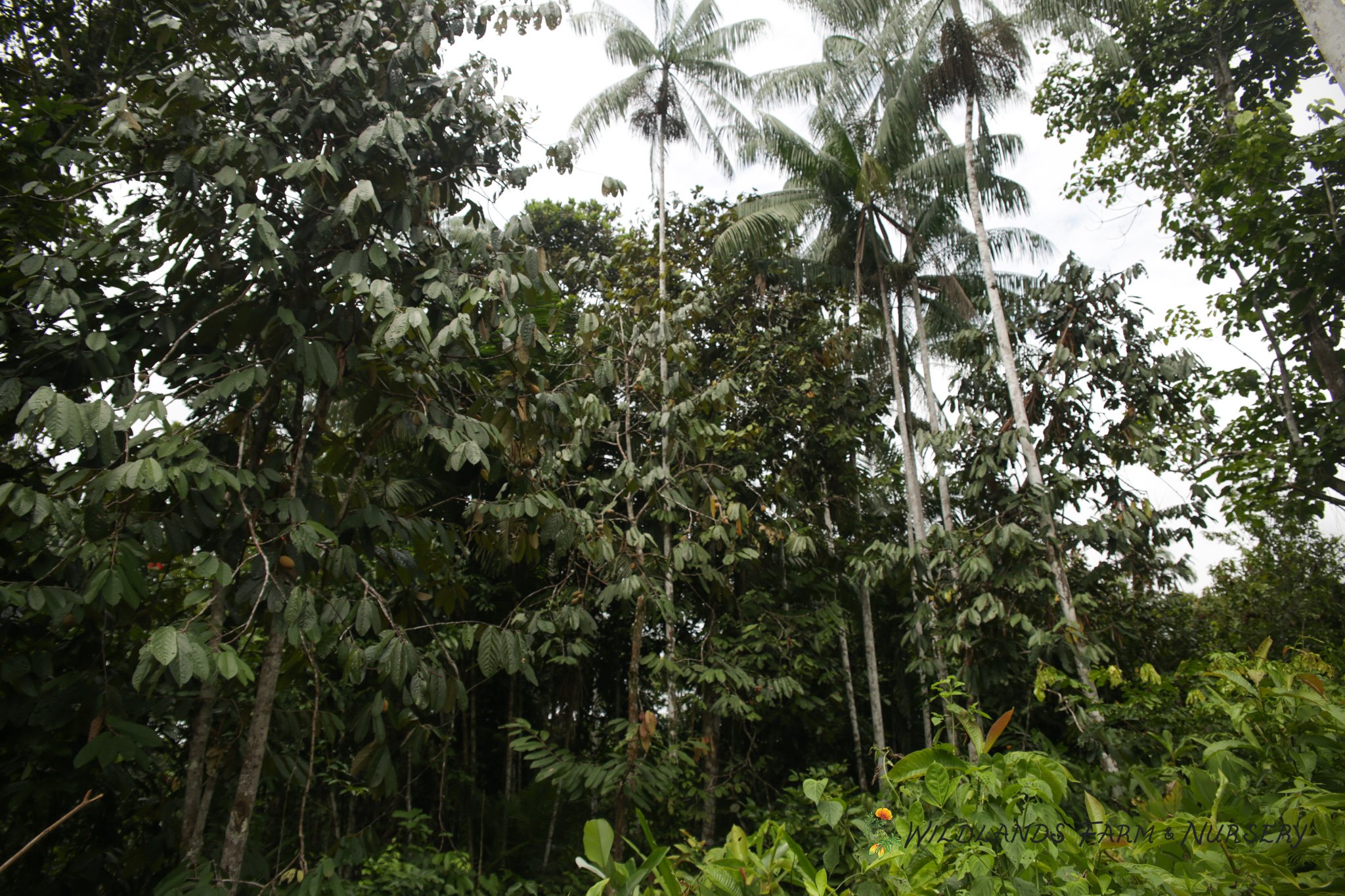
Theobroma subincanum, 40+ foot tall trees

Xylopia sp.?
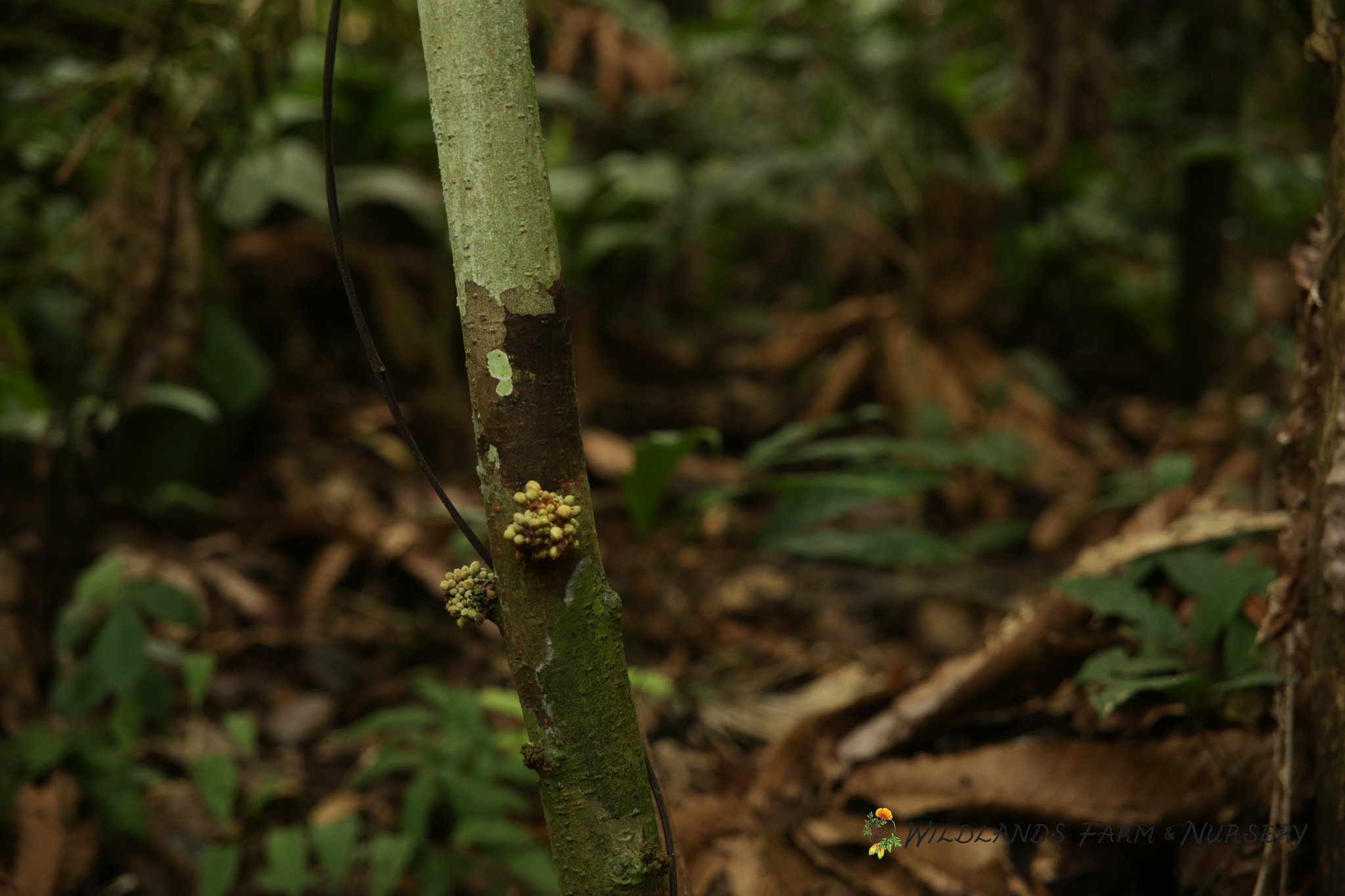
Pradosia? Cool cauliflorous infloresence

A patch of earth littered with bright blue flower petals, maybe an orchid up in the canopy 50+ feet up?
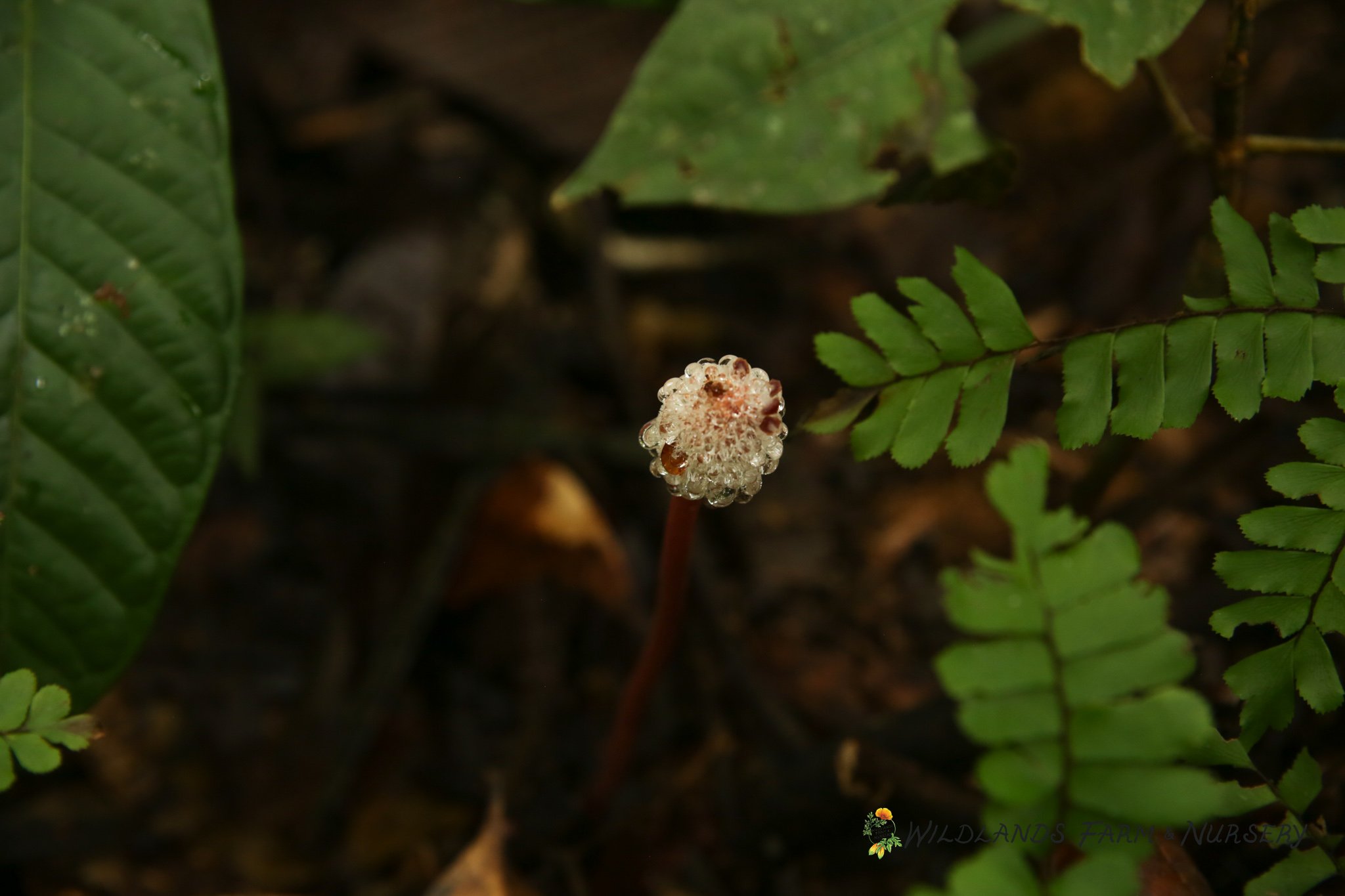
Water Droplet Mushroom Craziness
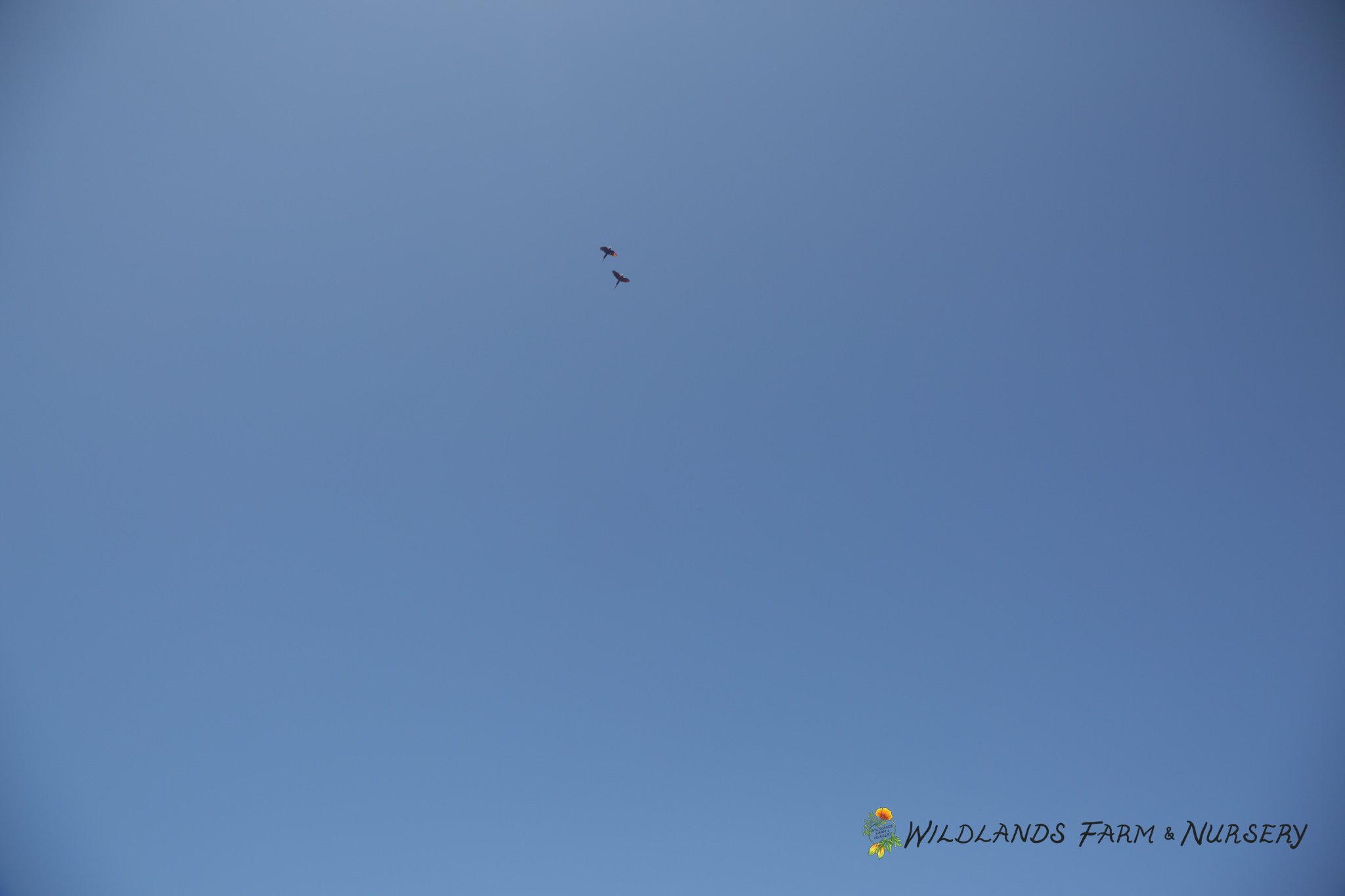


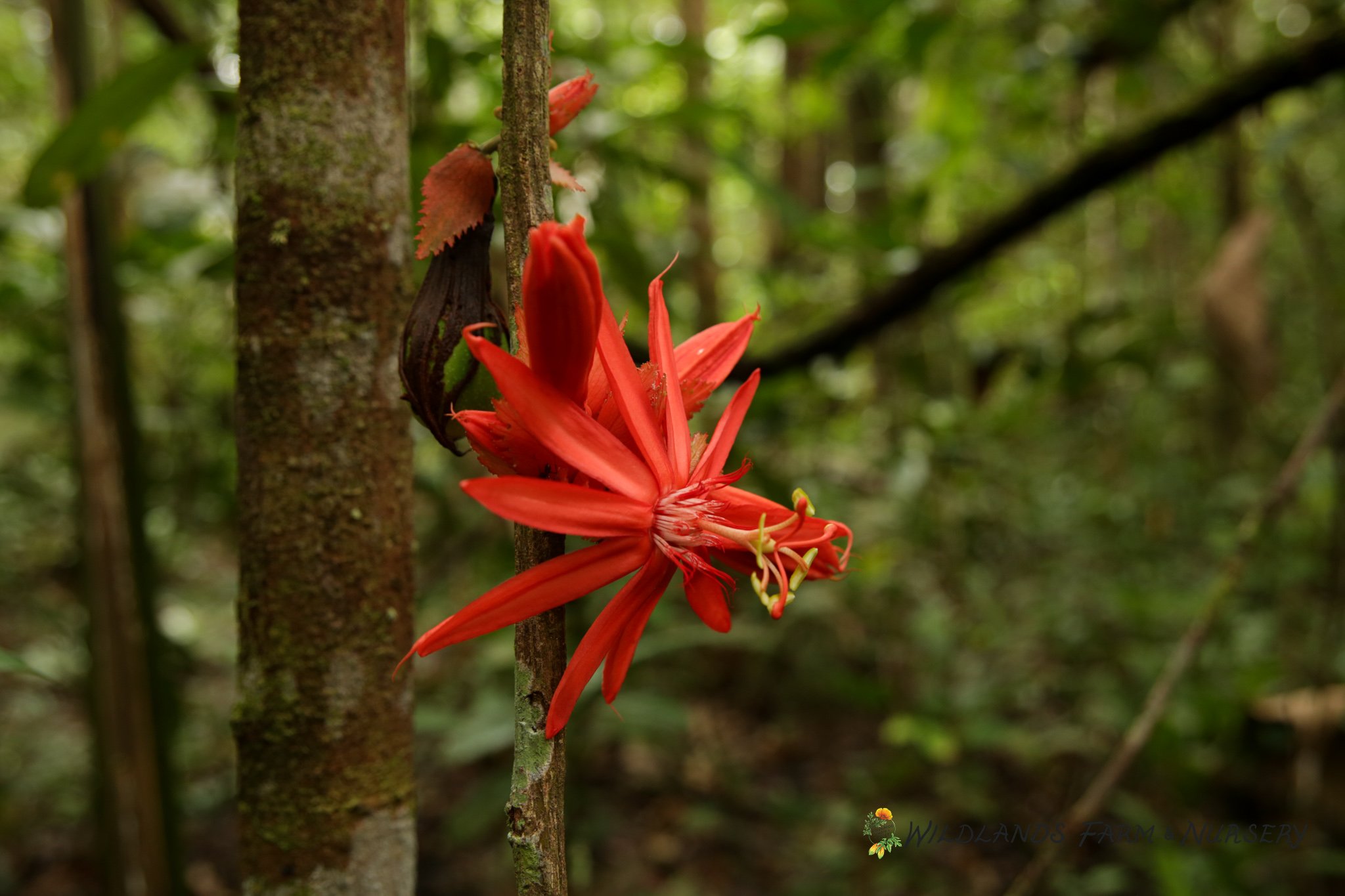
Incredible Passiflora sp.

Diego as entranced as the rest of us

Timber harvesting is done with chainsaws and is fairly sustainable the way it's done. After all, the hardware store is the jungle.
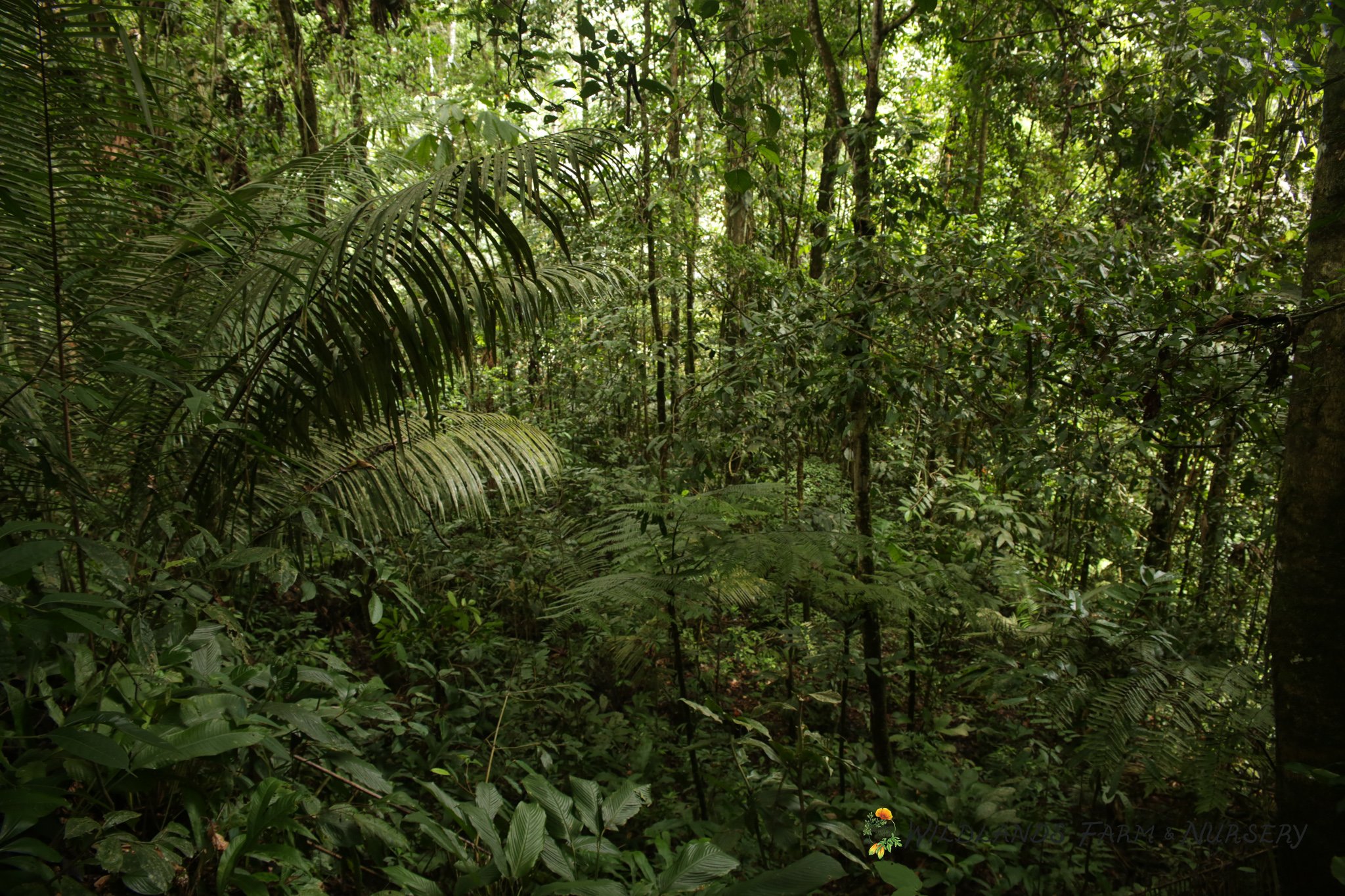
Looking on the jungle from a high point on the trail. Dense green.

Forget the species, Myristicaceae
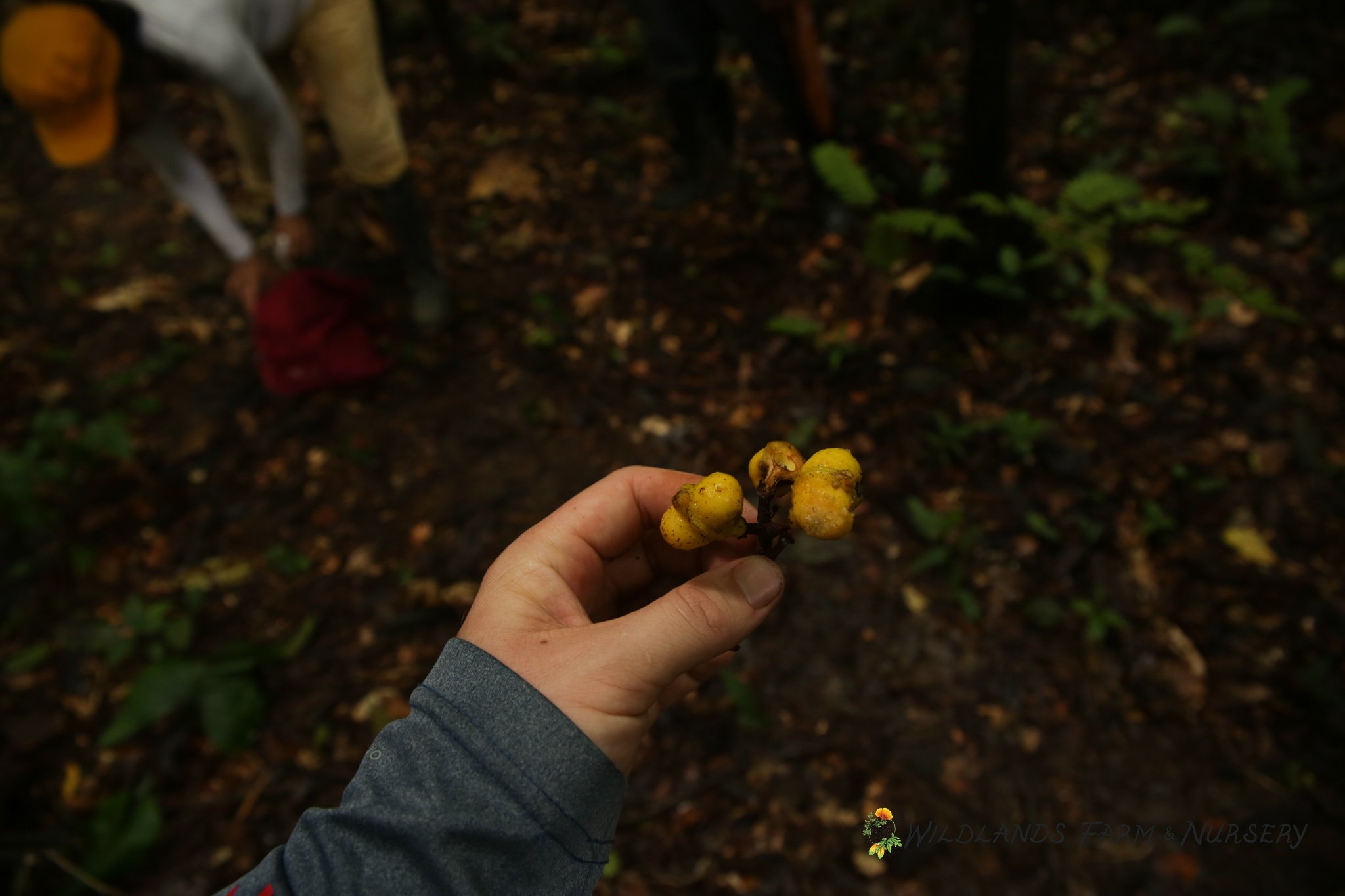
Myristicaceae, guide said his mom made a juice with it and another fruit
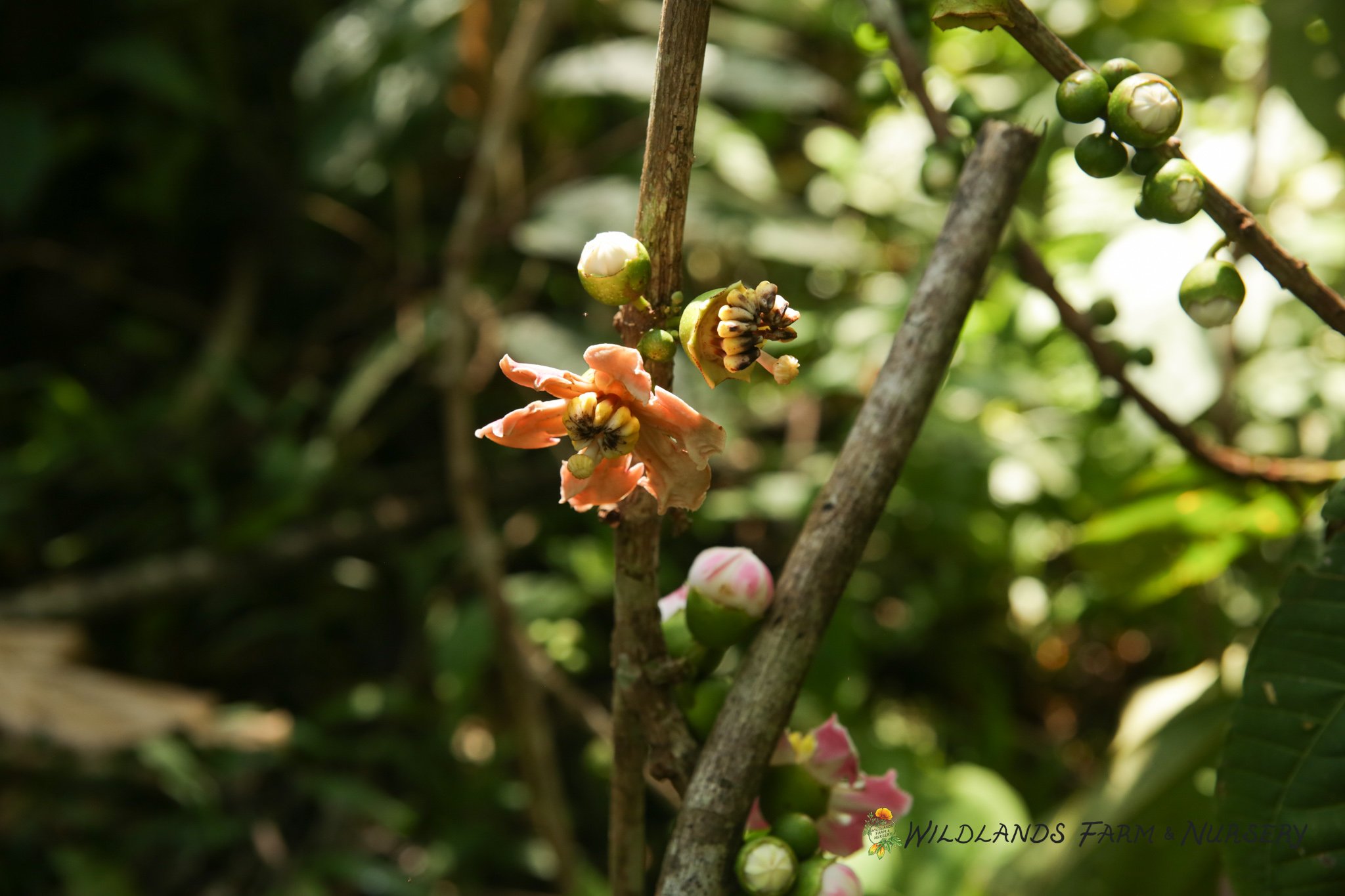
Belucia pentamera

Belucia pentamera
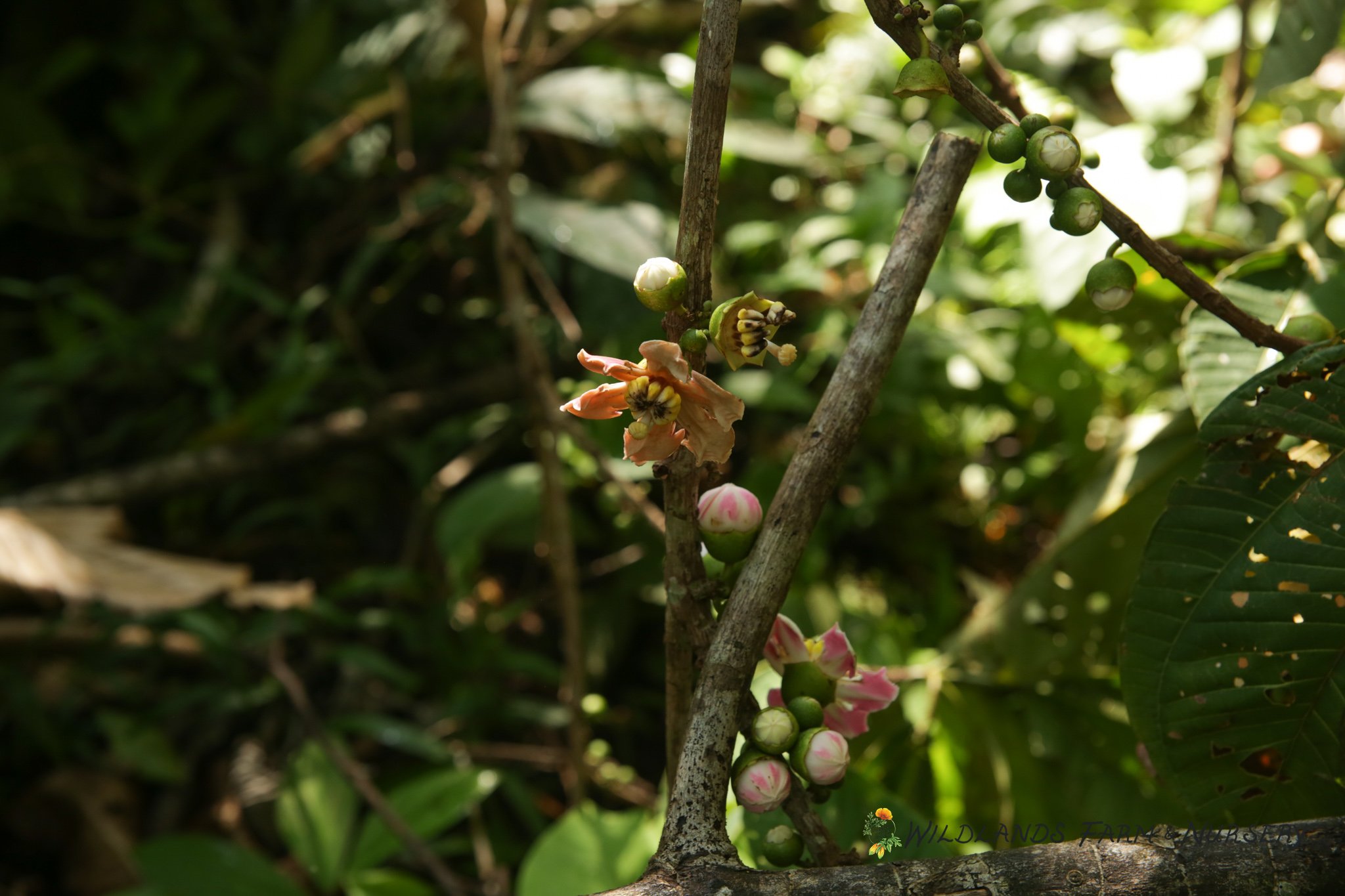
Belucia pentamera

Viola sp?

Amazing Aristalochia sp. Used to treat snake bites from a certain snake.

Aristalochia, can't get enough of it.
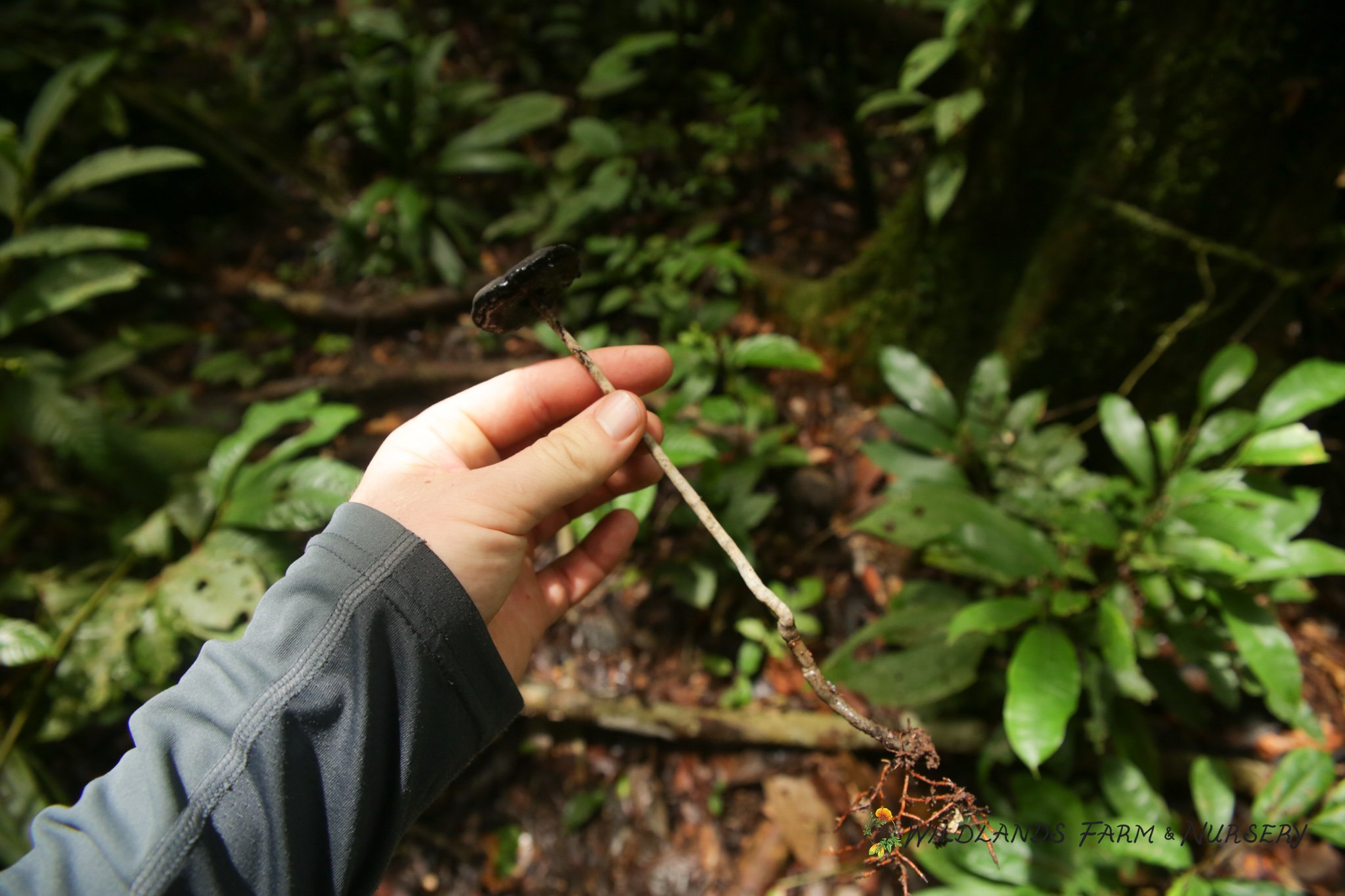
Hard woody mushroom, stem is woody and strong
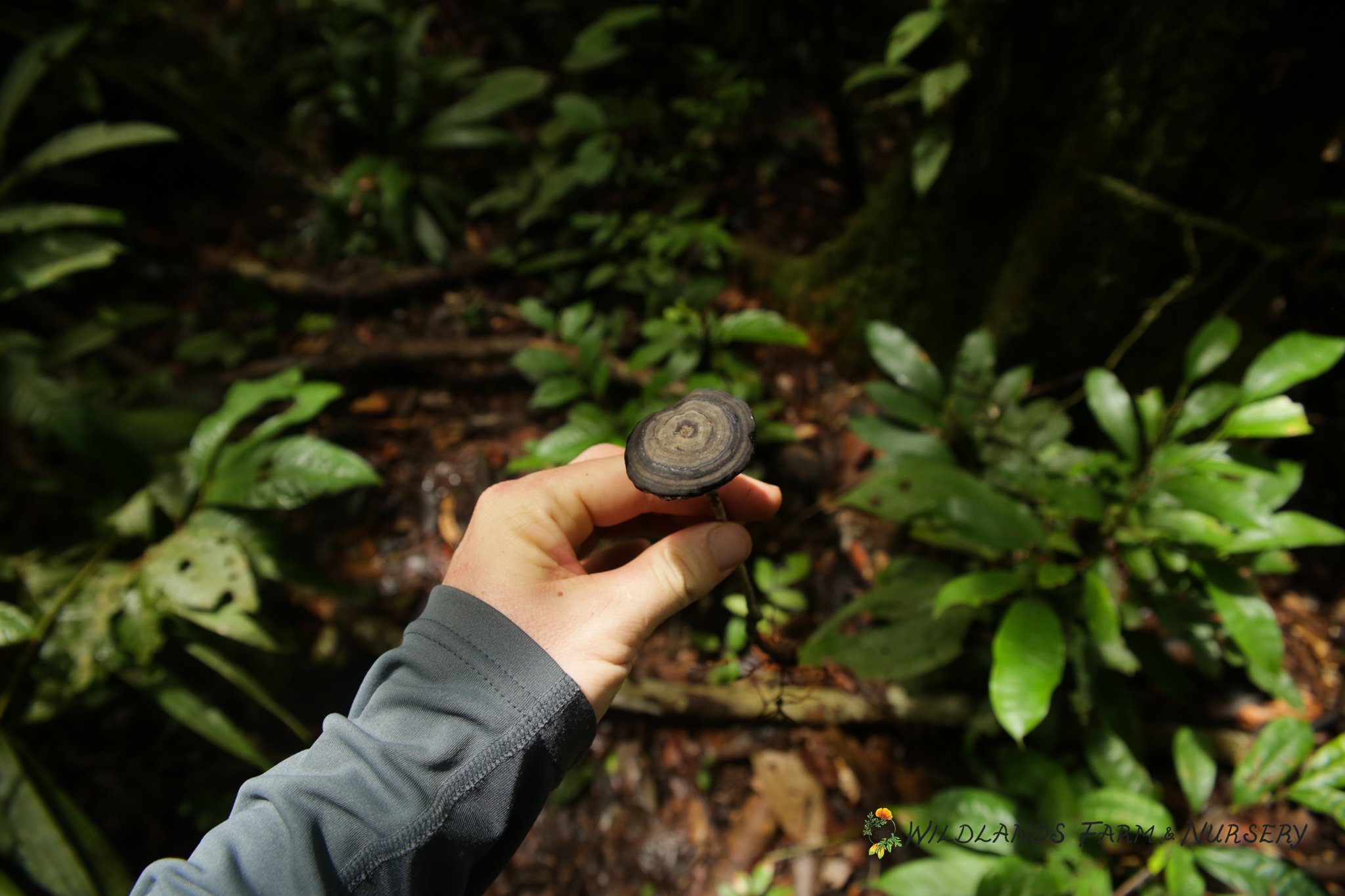
Hard woody mushroom, stem is woody and strong

Fuchsia sp?

Fuchsia sp? Only saw one, super beautiful heart shaped calyces
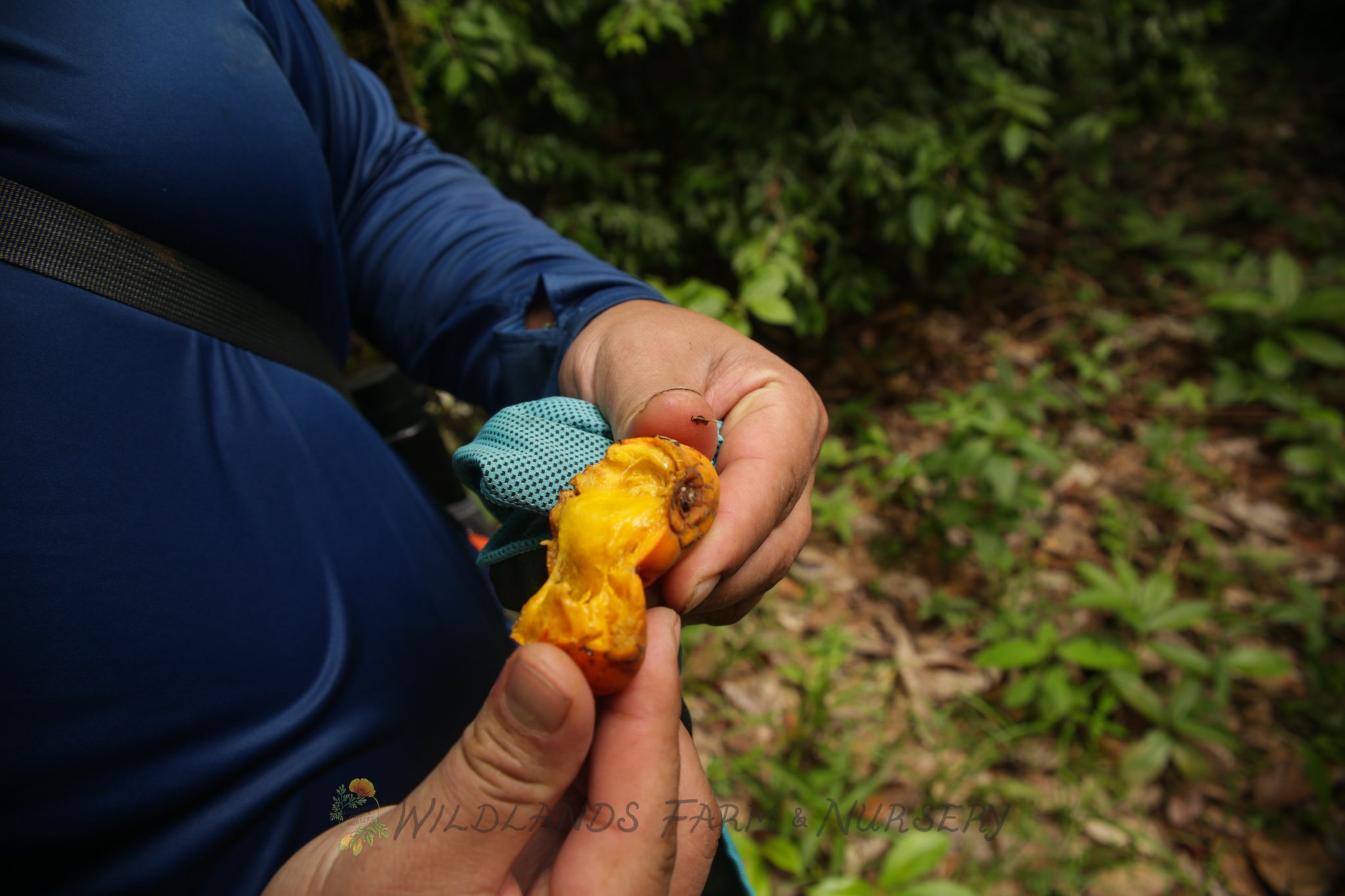
"Pahway" unknown scientific name. Delicious pulp, slightly latexy and fibrous. Great flavor!
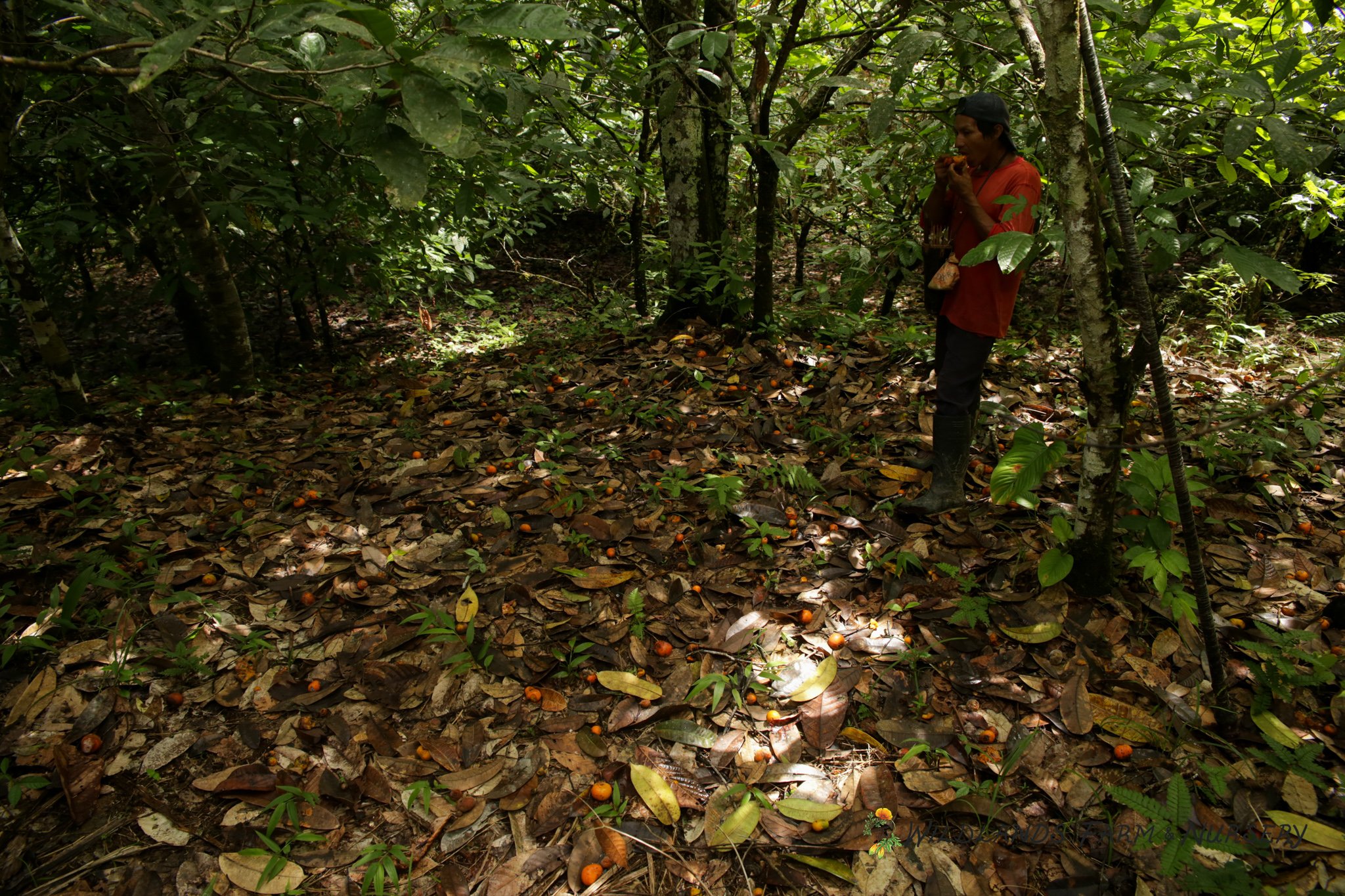
"Pahway" unknown scientific name
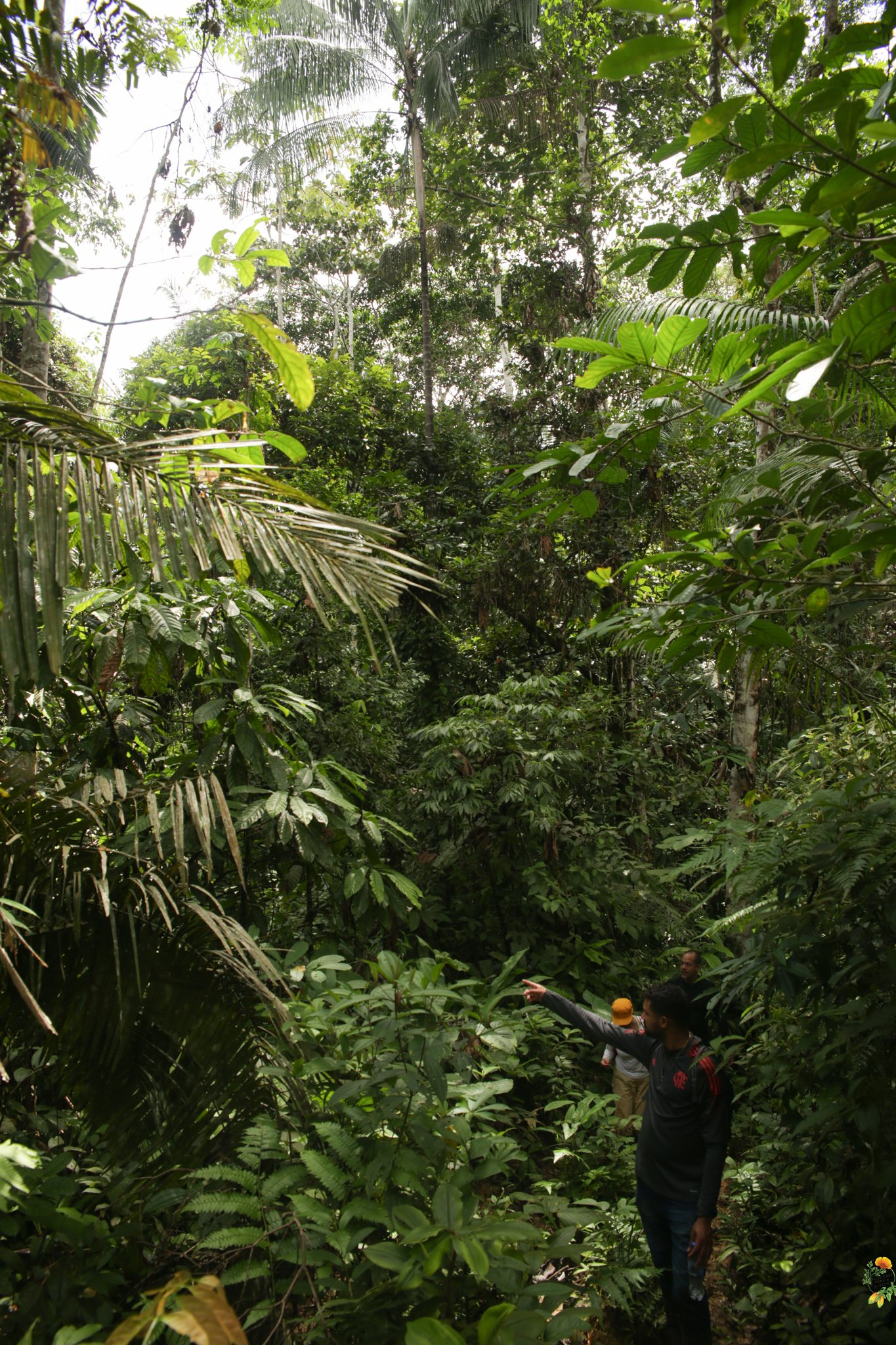
Bruno spotting all the fruits

Theobroma cacao
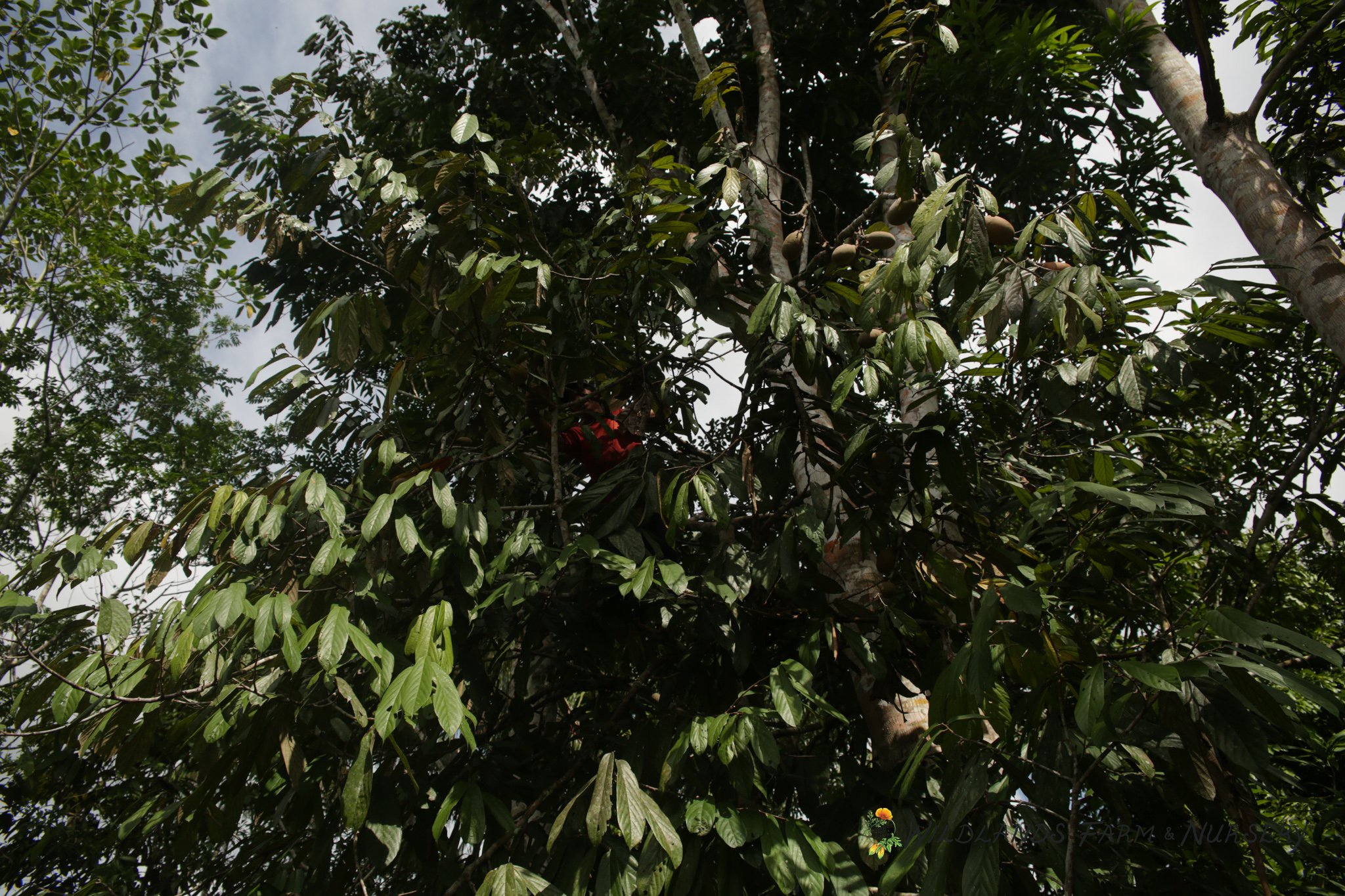
Theobroma subincanum being harvested
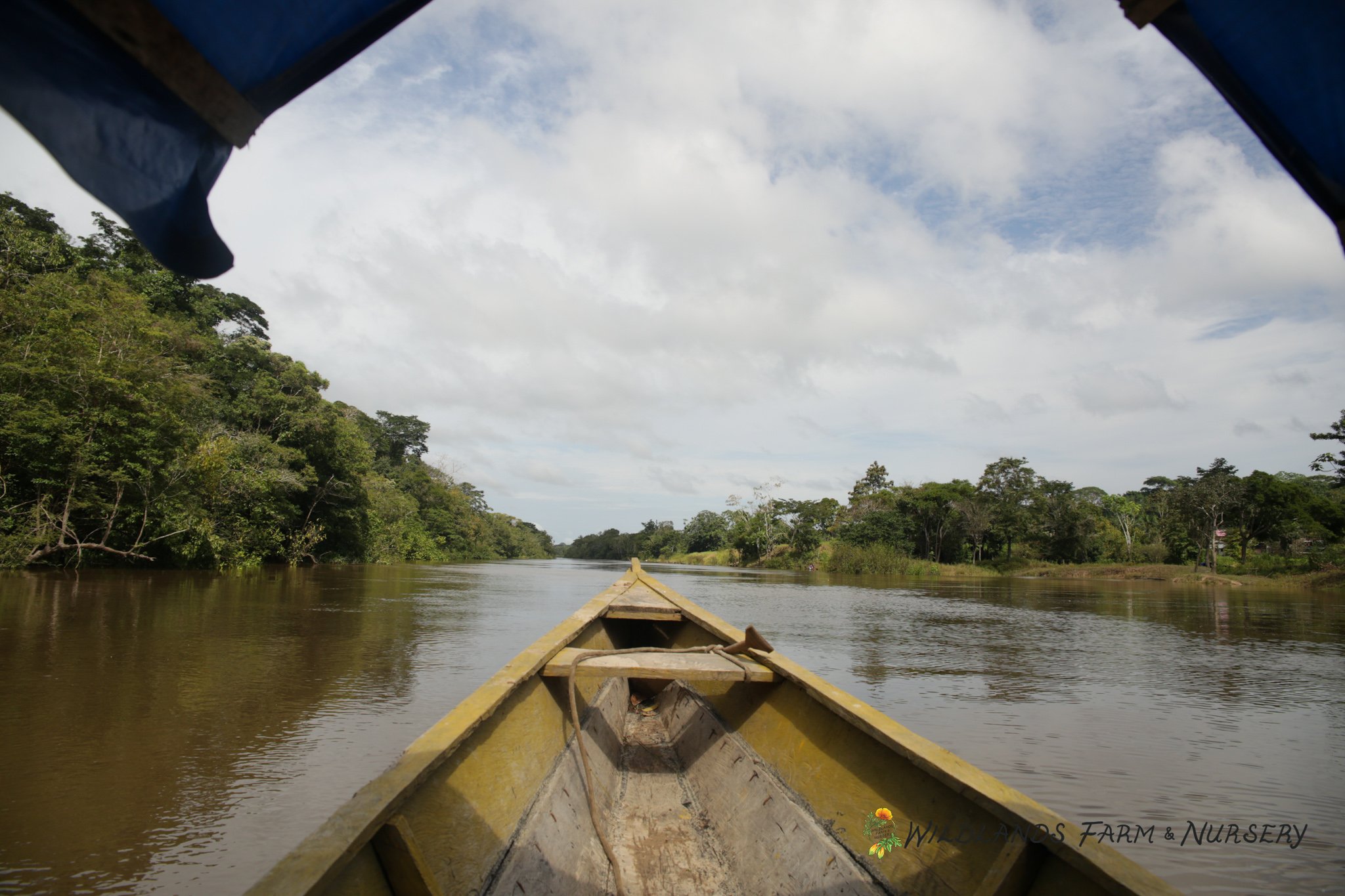
Side river off the Amazon

Camu Camu, Myrciaria dubia growing in the Amazon River. These trees are under water and the water isn't even high. The water can raise 20+ feet and these trees will spend 3 to 4 months underwater.
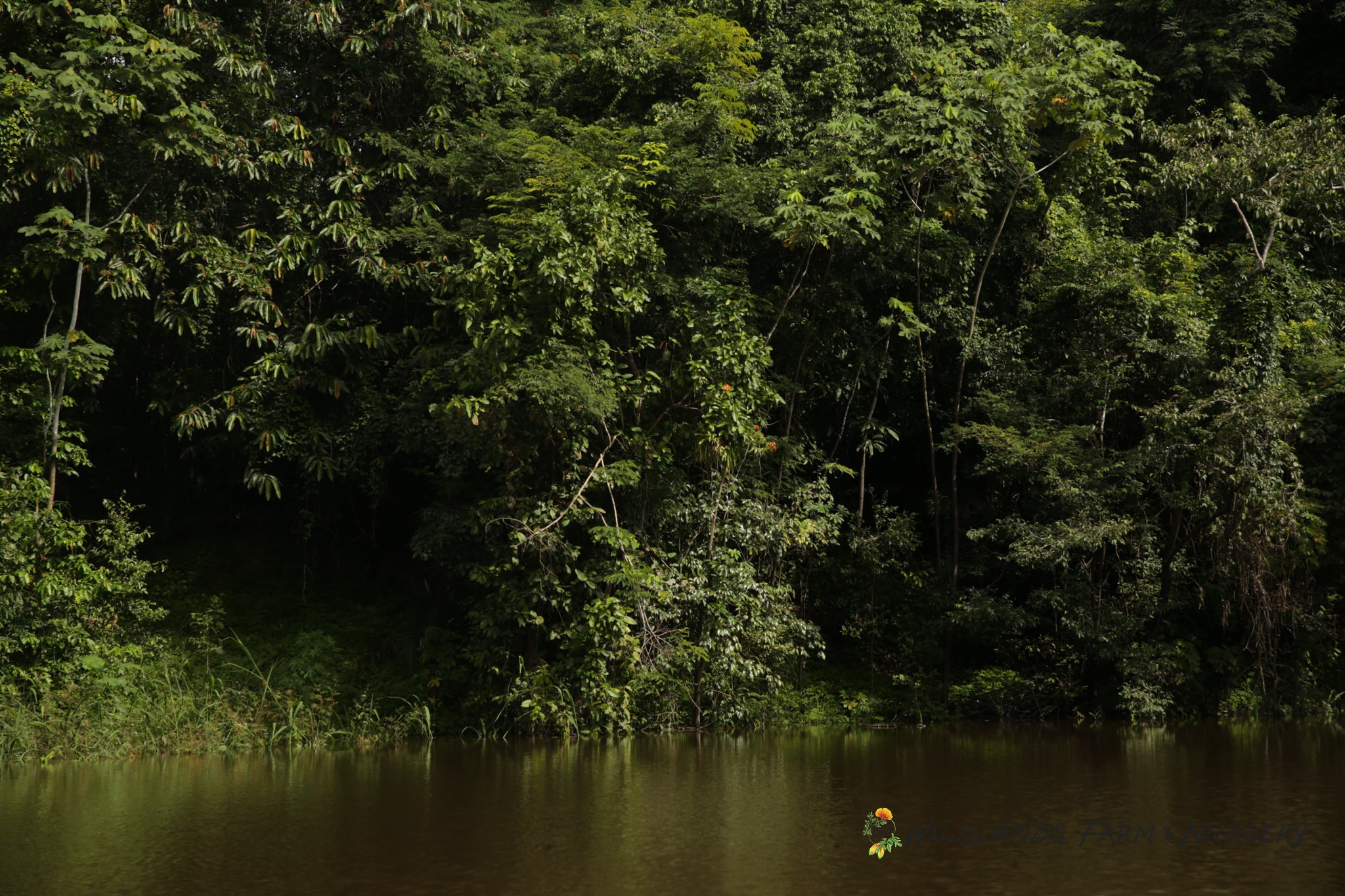
Jungle texture

Delicious Inga sp. Taste of cinnamon

Pink dolphins jumping around us as we pulled out of the port. A good omen.
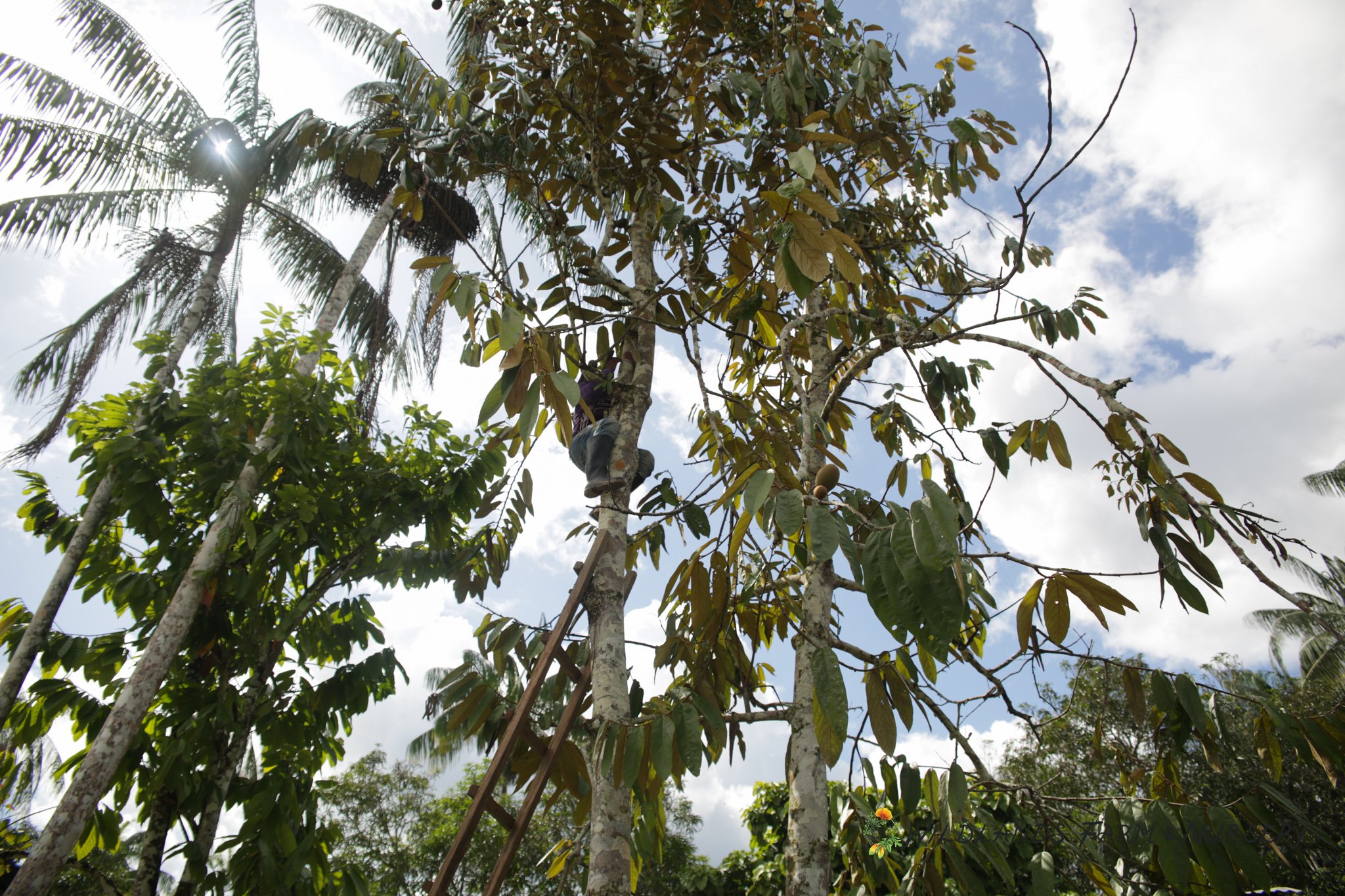
Theobroma subincanum
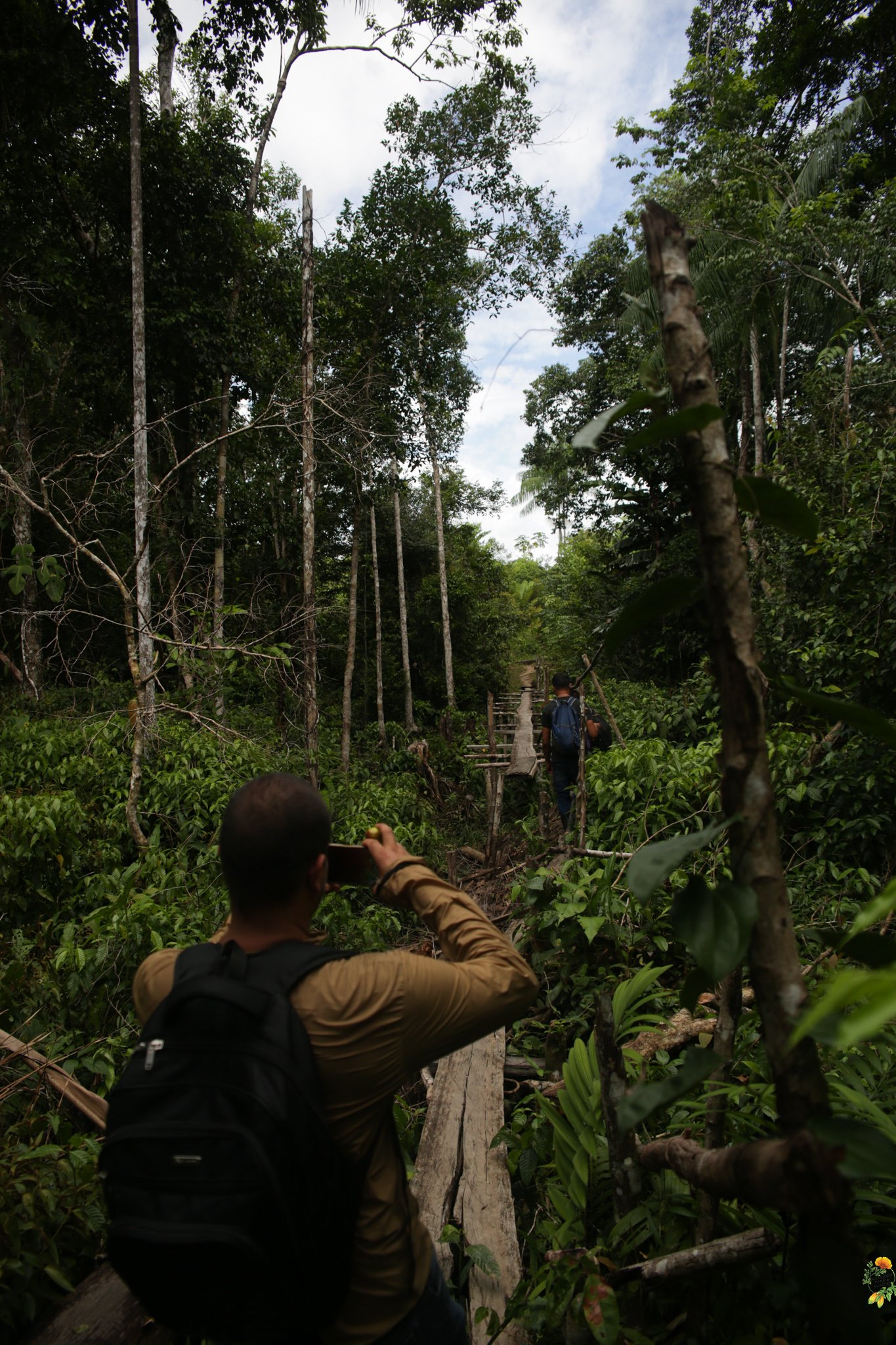
One of the longer bridges we crossed on our hikes.

Sapotaceae. "Chicle" No flesh really, but an incredibly sweet maple syrupy in taste and texture sap around the seed.

Bromeliaceae
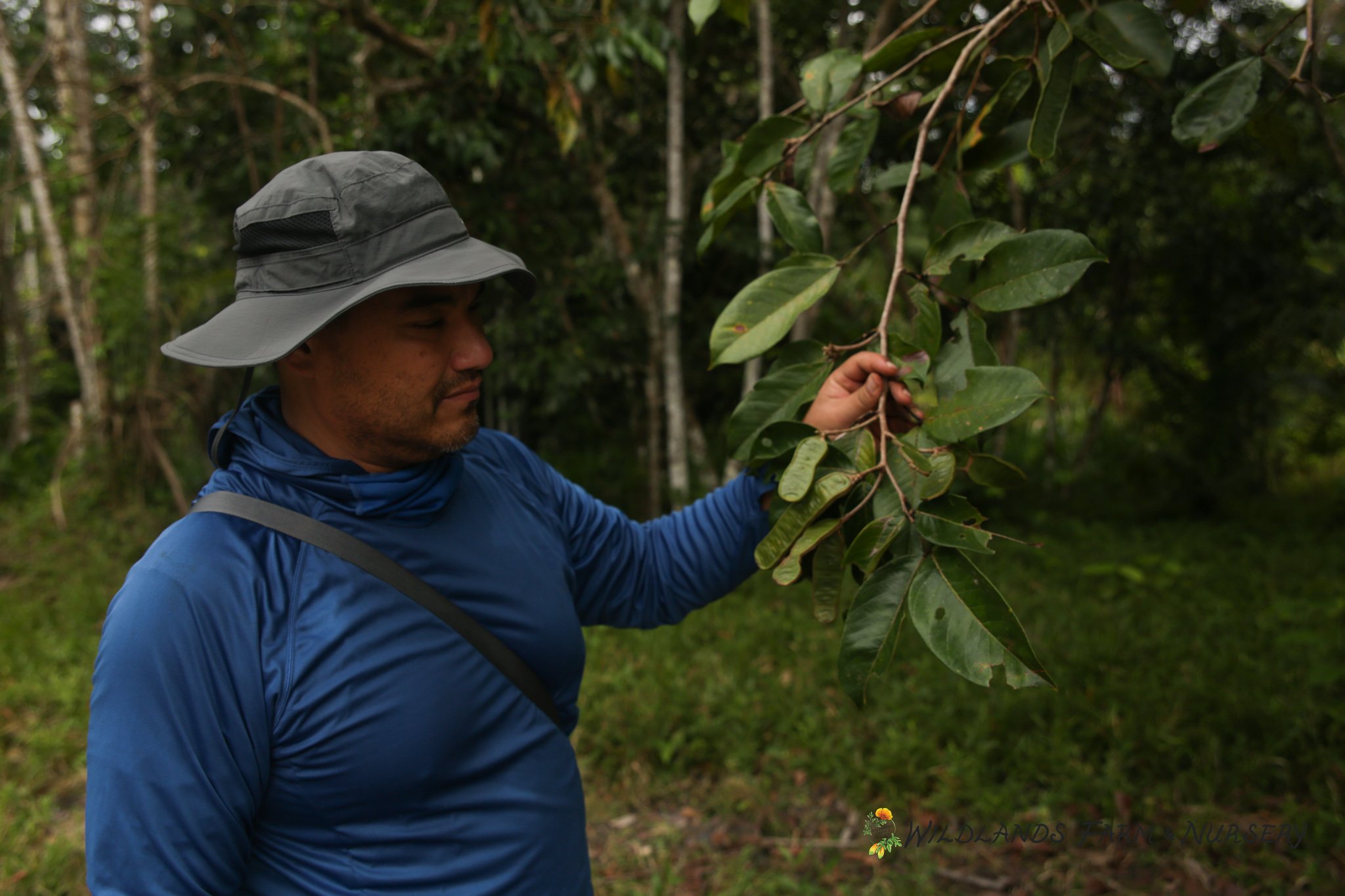
Inga sp. and Joe!

Maracuja

Chagras, the forest farms of the indigenous communities. Forest sections are burned and cleared and farmed for some time then left to go back to the jungle. These communities plant important trees such as timber trees specifically for houses, food crop trees and more.

Inga are very prevalent in most of the areas we wandered around.

Two Peperomia sp.

Pouroma sp.

Arbol de Sangre

Madruno from the market
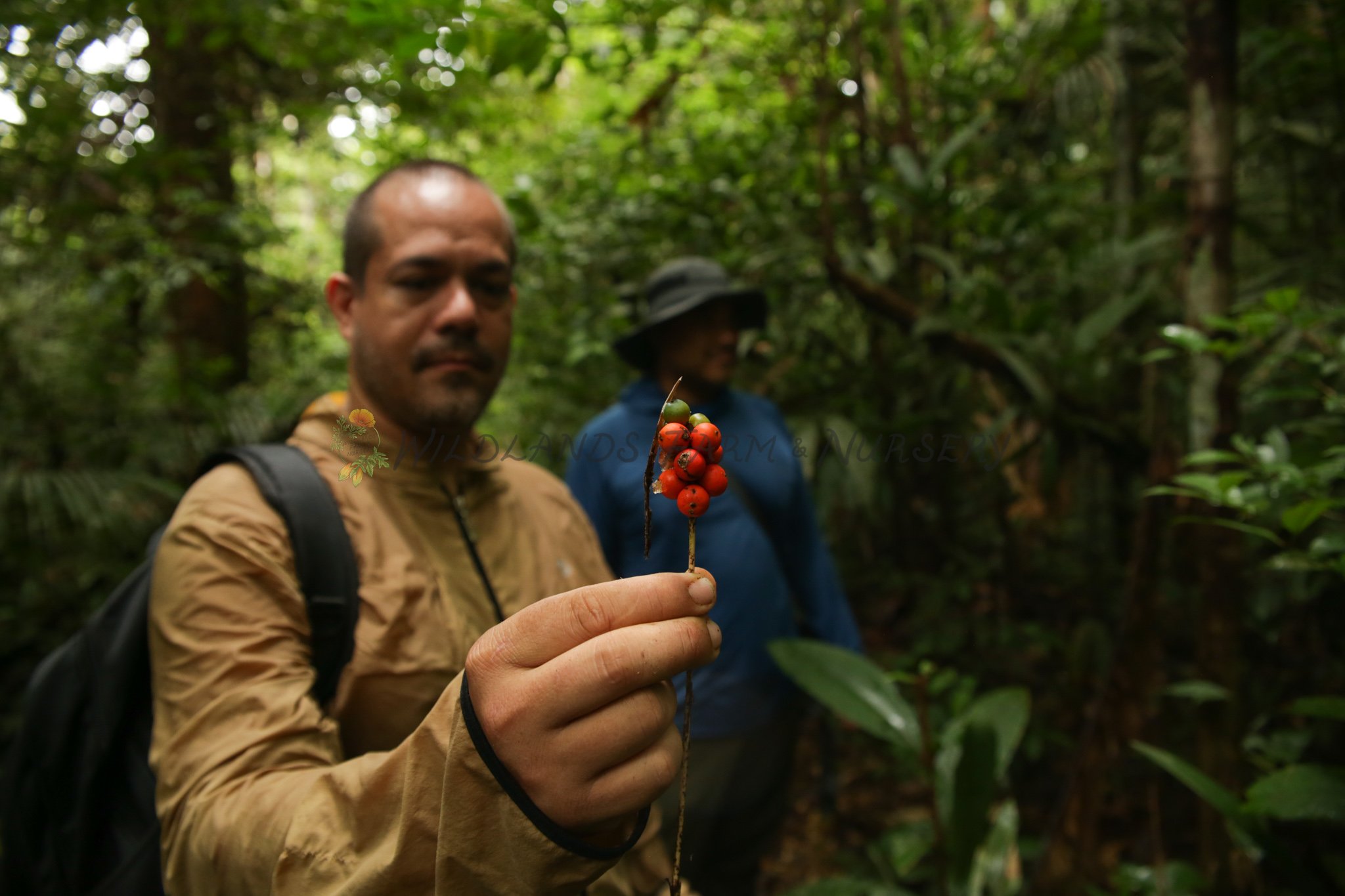
Zingiberaceae
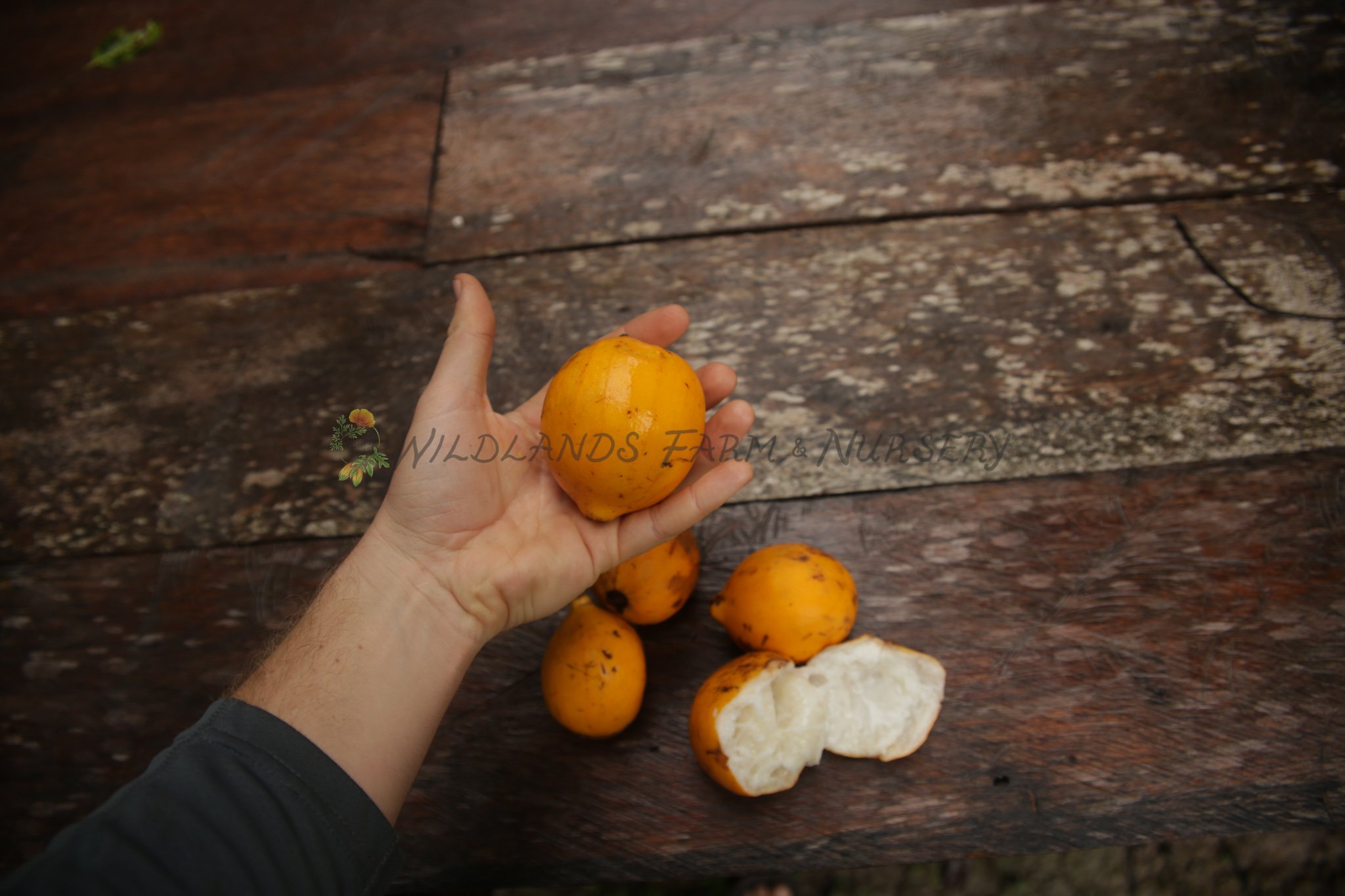
Plinia clausa, Anihuayo. Taste is slightly sour and a touch sweet. Not terribly complex flavor like most Jaboticaba. A whole mouth full of pulp.

Seeds are large but there is a lot of flesh on the exocarp

The incredible Duguetia stenantha, Mano do Tigre. Flavor notes of Pumpkin and Feijoa. A truly delicious fruit with good flesh to seed ratio. Each section is removed one by one and eaten, a fun and delicious eat.

Duguetia stenantha
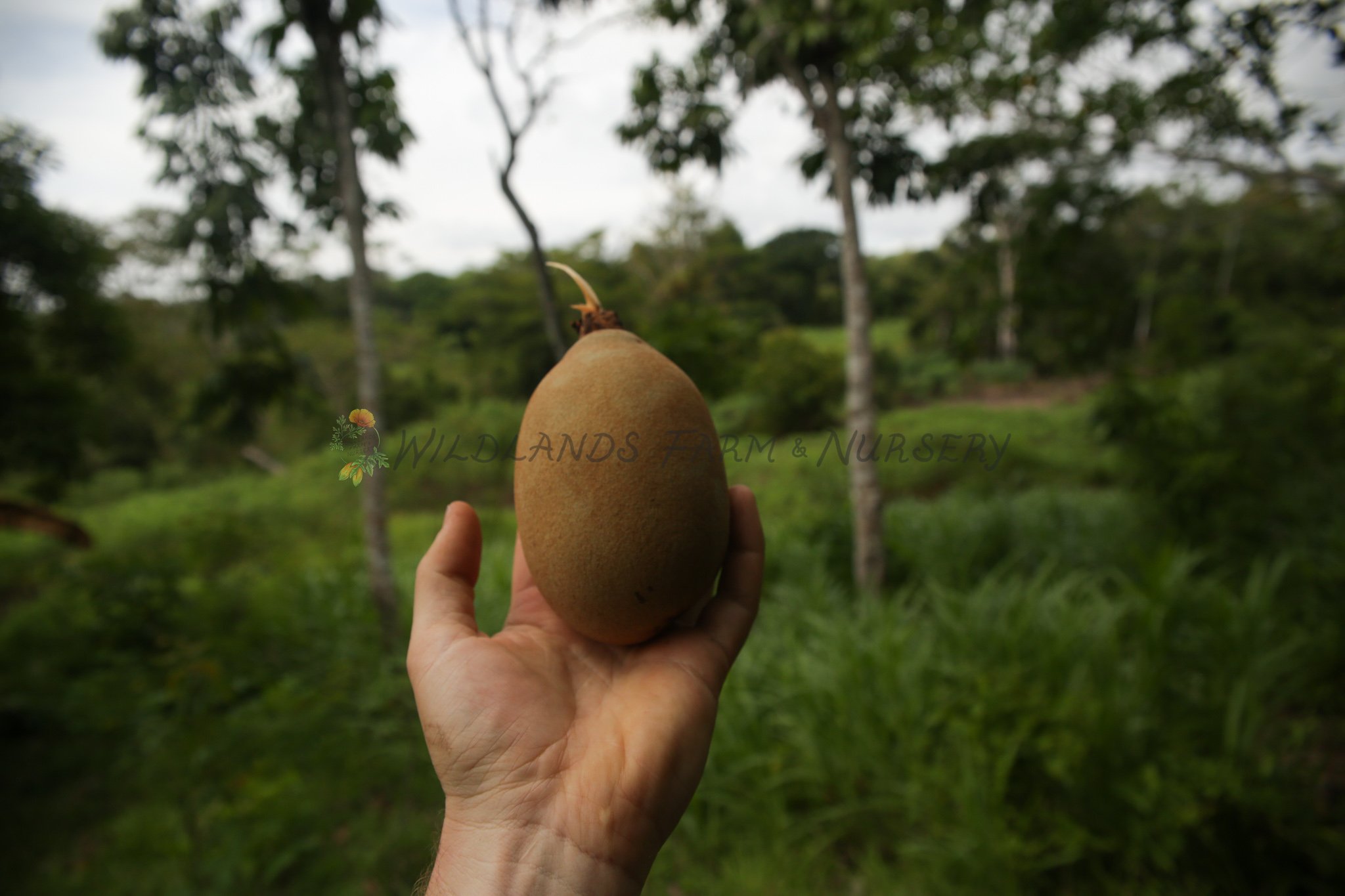
Theobroma subincanum

Plinia inflata

Plinia inflata
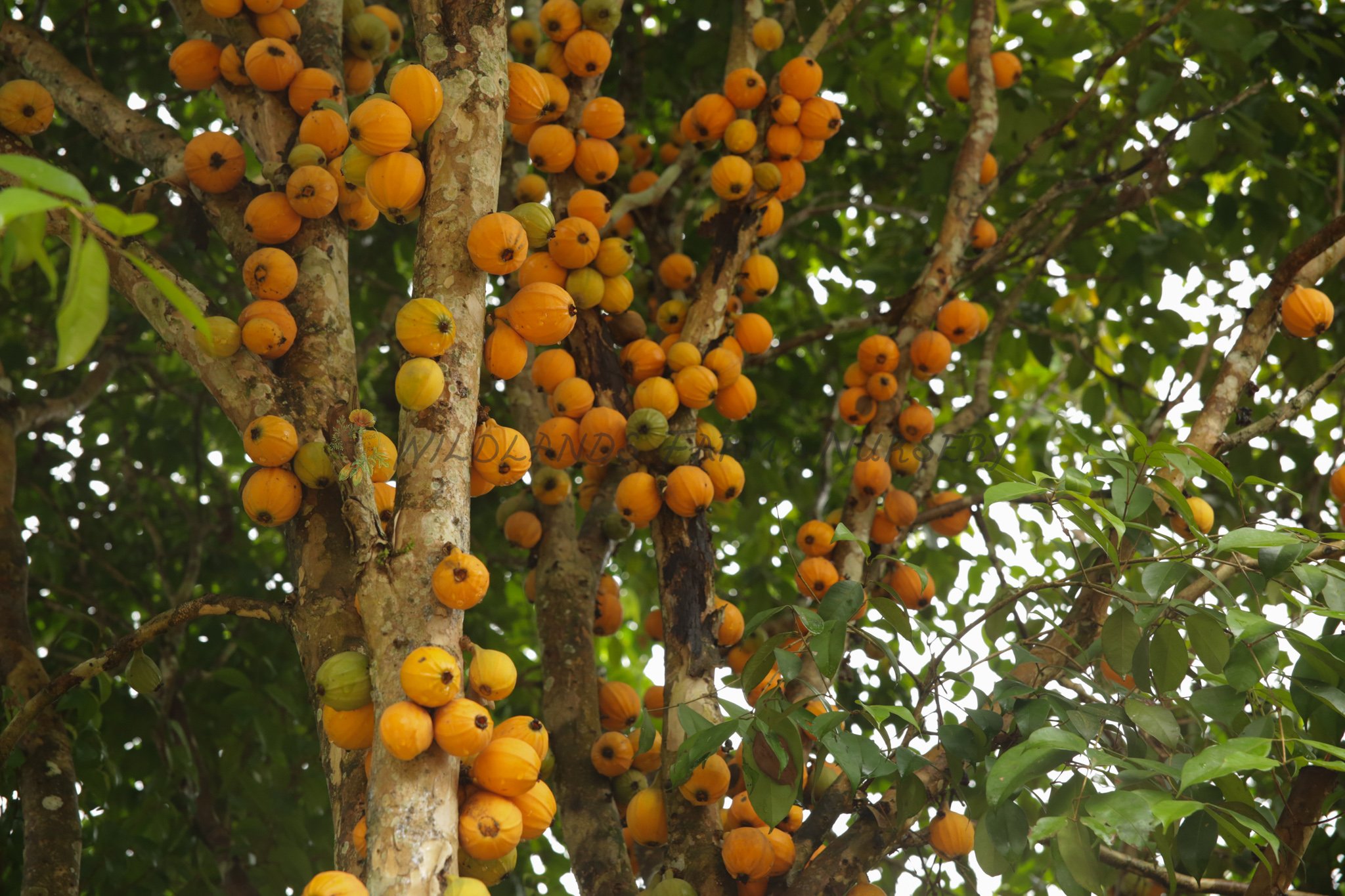
Plinia inflata, truly incredible to see this tree so packed with fruit! Really a lifer of a plant.

A delicious fruit with more complexity then Plinia clausa. Similar size, a firmer flesh a tart and sweet flavor made this a total favorite. Truly a beautiful tree and a really gorgeous fruit.
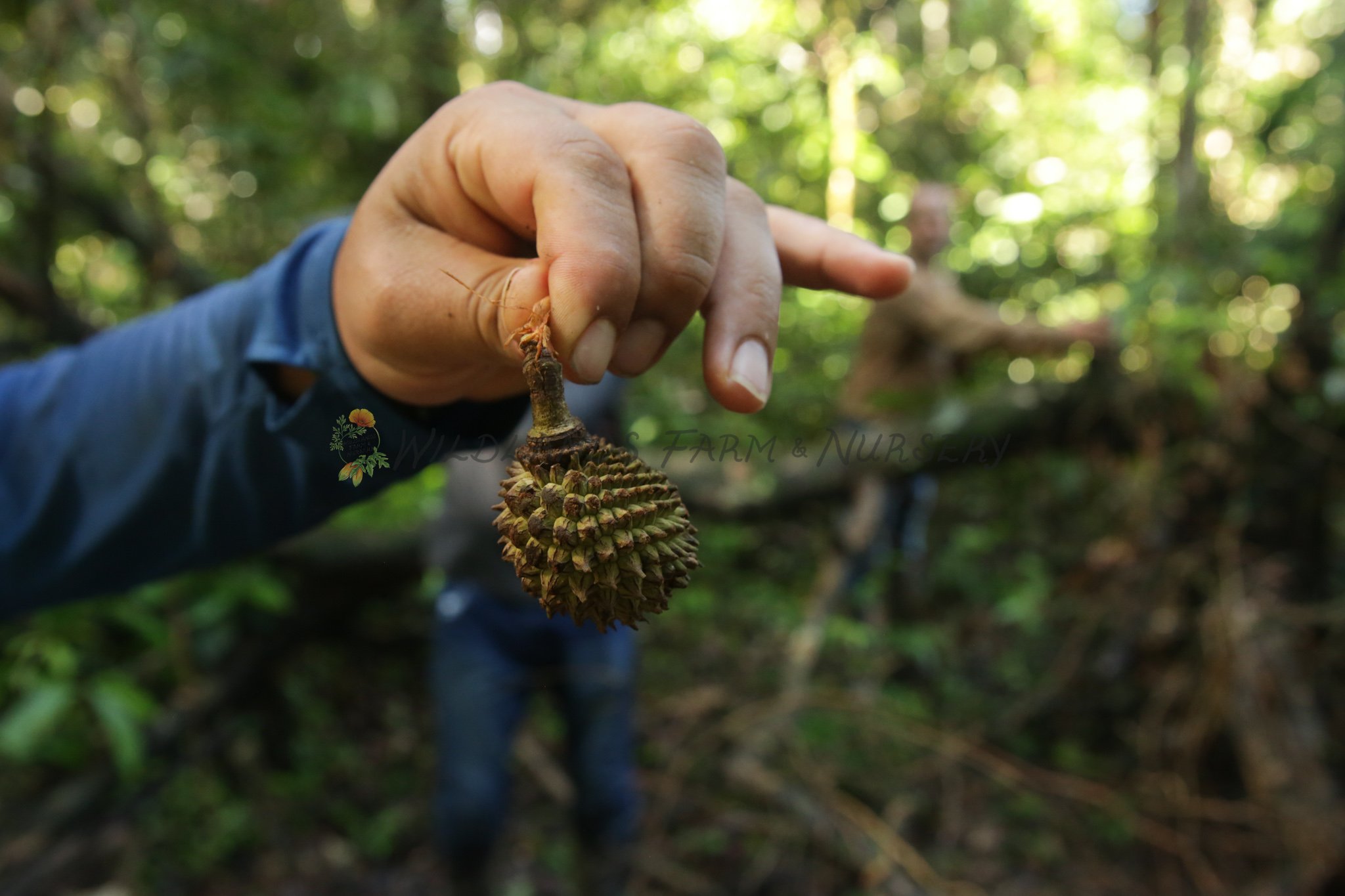
Dugeutia sp. no es maduro. Unripe fruit, found on one of our hikes.
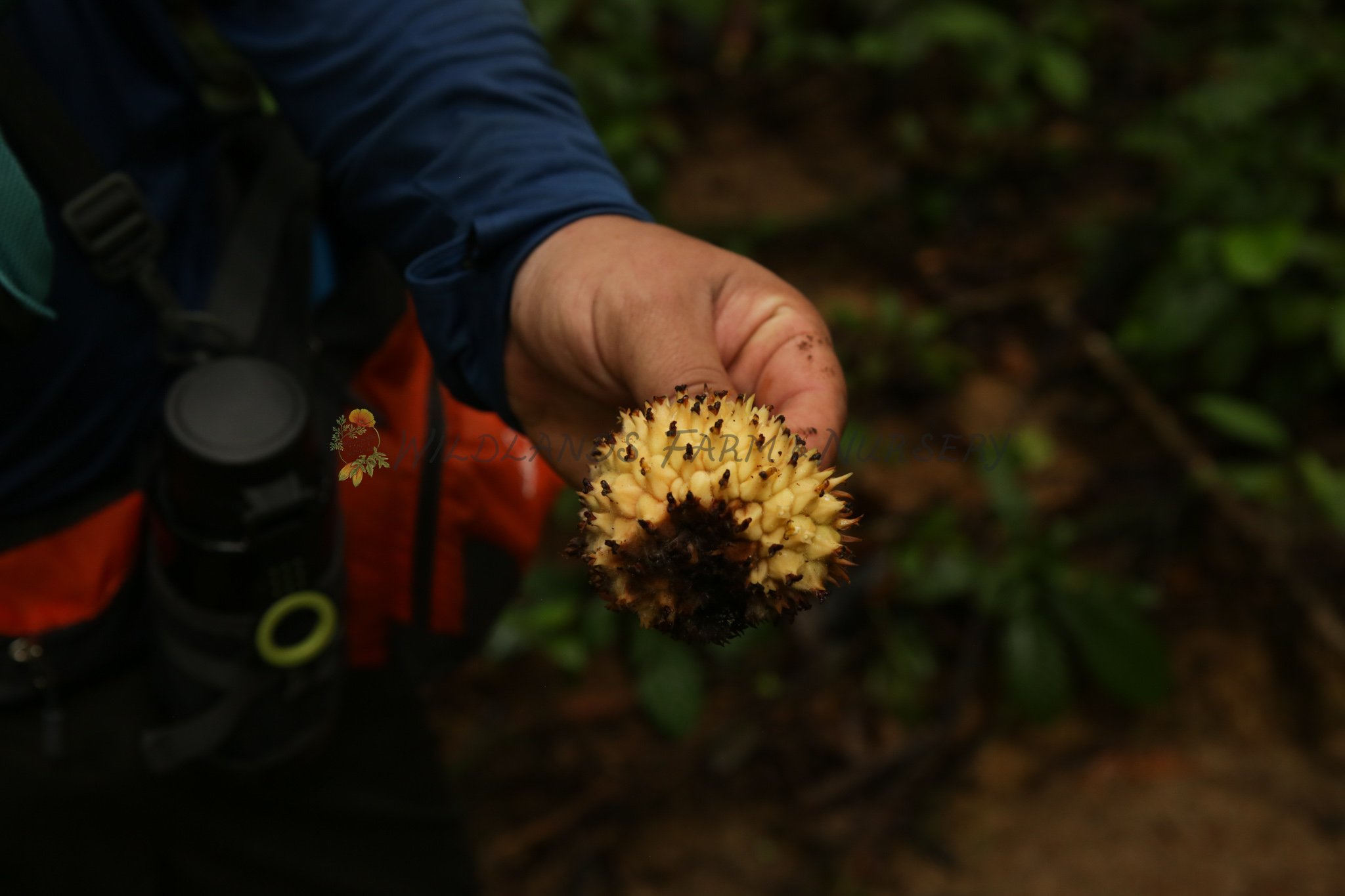
Perebea sp?

Perebea sp?

Perebea sp.?

Campomanesia sp. (maybe latifolia) a delicious flavor. Tasted remniscent of really sweet delicious lemonade. Although if sucking the pulp off the seeds too long it does this throat burning sensation that makes you have to cough to correct it.

Campomanesia sp. (maybe lineatifolia)

Campomanesia sp. (maybe lineatifolia)

Clockwise starting at yellow fruit: Macambo (Theobroma bicolor), Herrania sp., Starfruit, Zapote (Matisia cordata), Biriba (Rollinia mucosa), Herrania sp., Pouroma cecropifolia, Pouroma sp., Theobroma cacao.
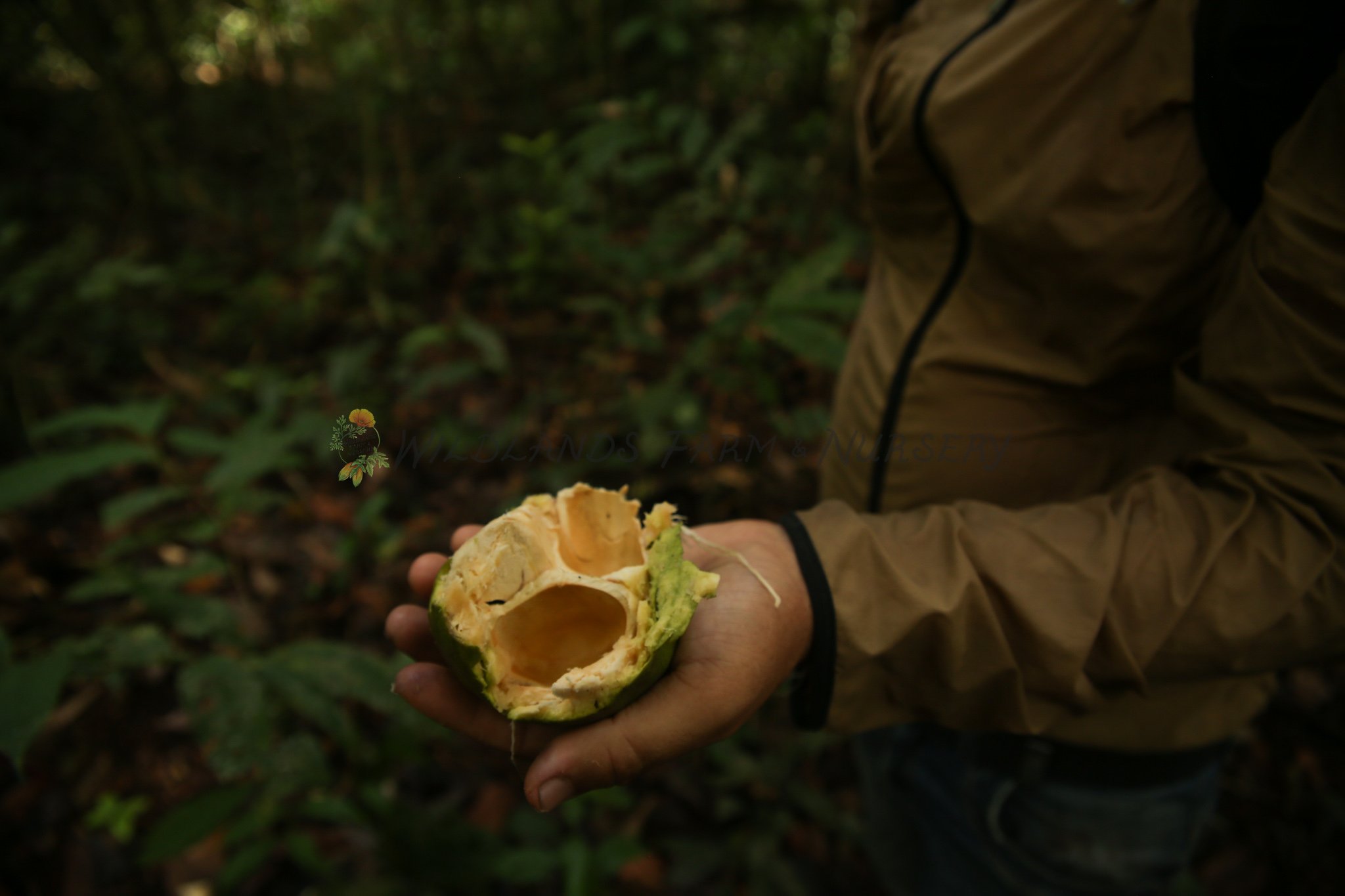
Castanea, used for hardwood
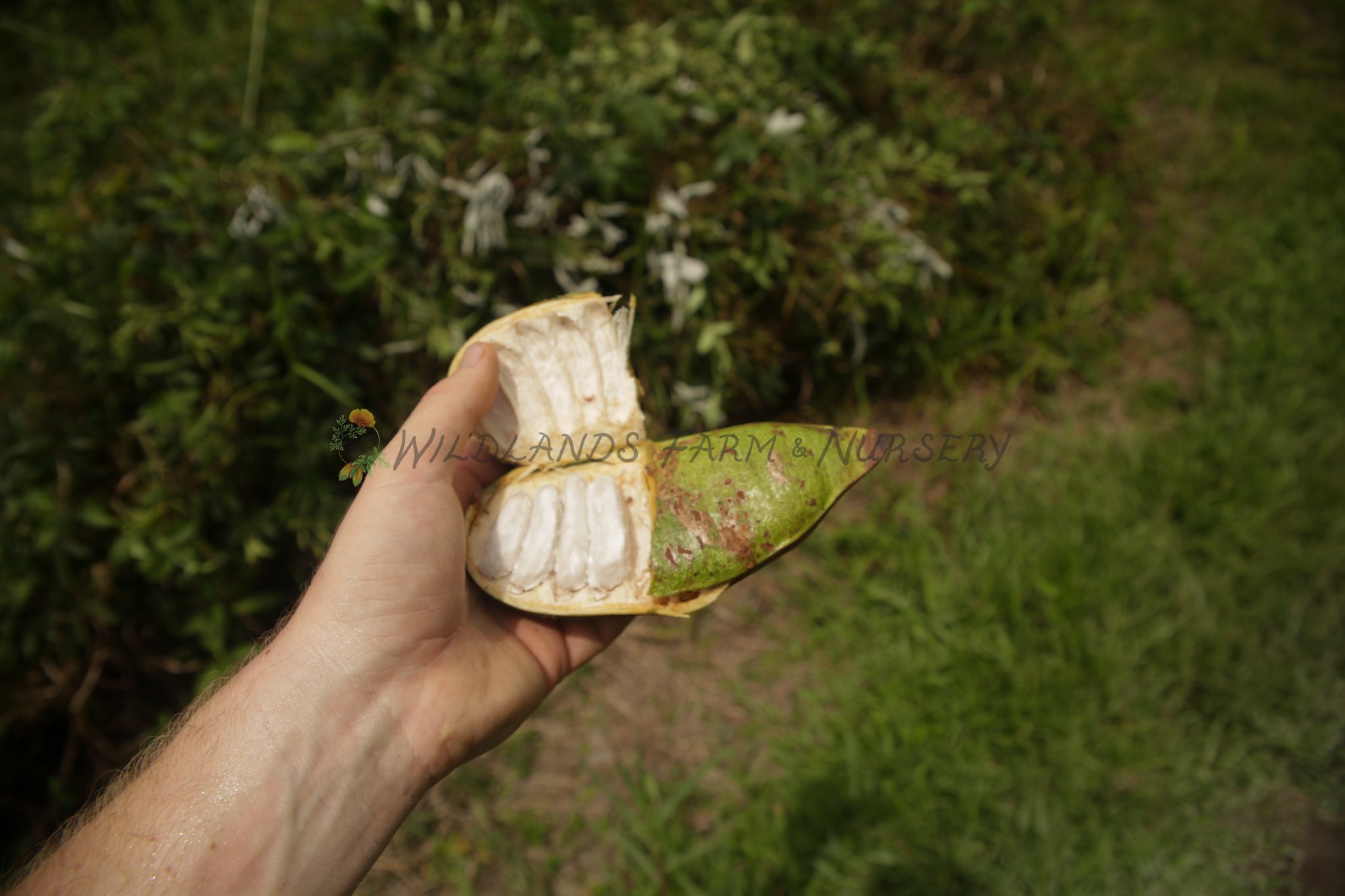
Guama cartera (Pocket Ice Cream Bean) Inga sp.

Perebea sp?
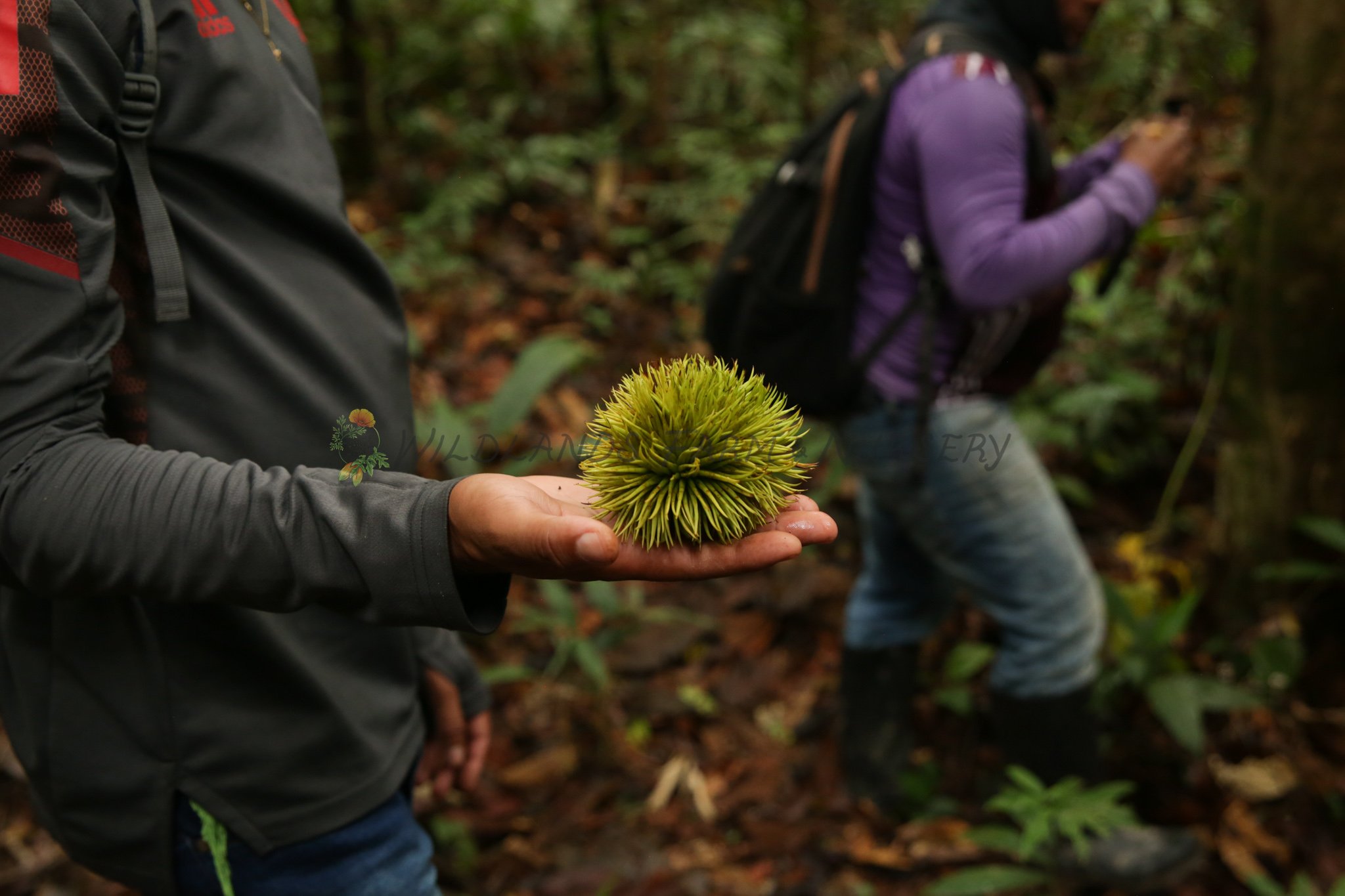
Perebea sp?

Macambo! Theobroma bicolor. An amazing durian like flavor from the flesh. Most locals do not enjoy the flesh and are only interested in the seeds. I ate a couple of pods myself because nobody else liked them. Yum, haha.

Bruno, shaka brah!
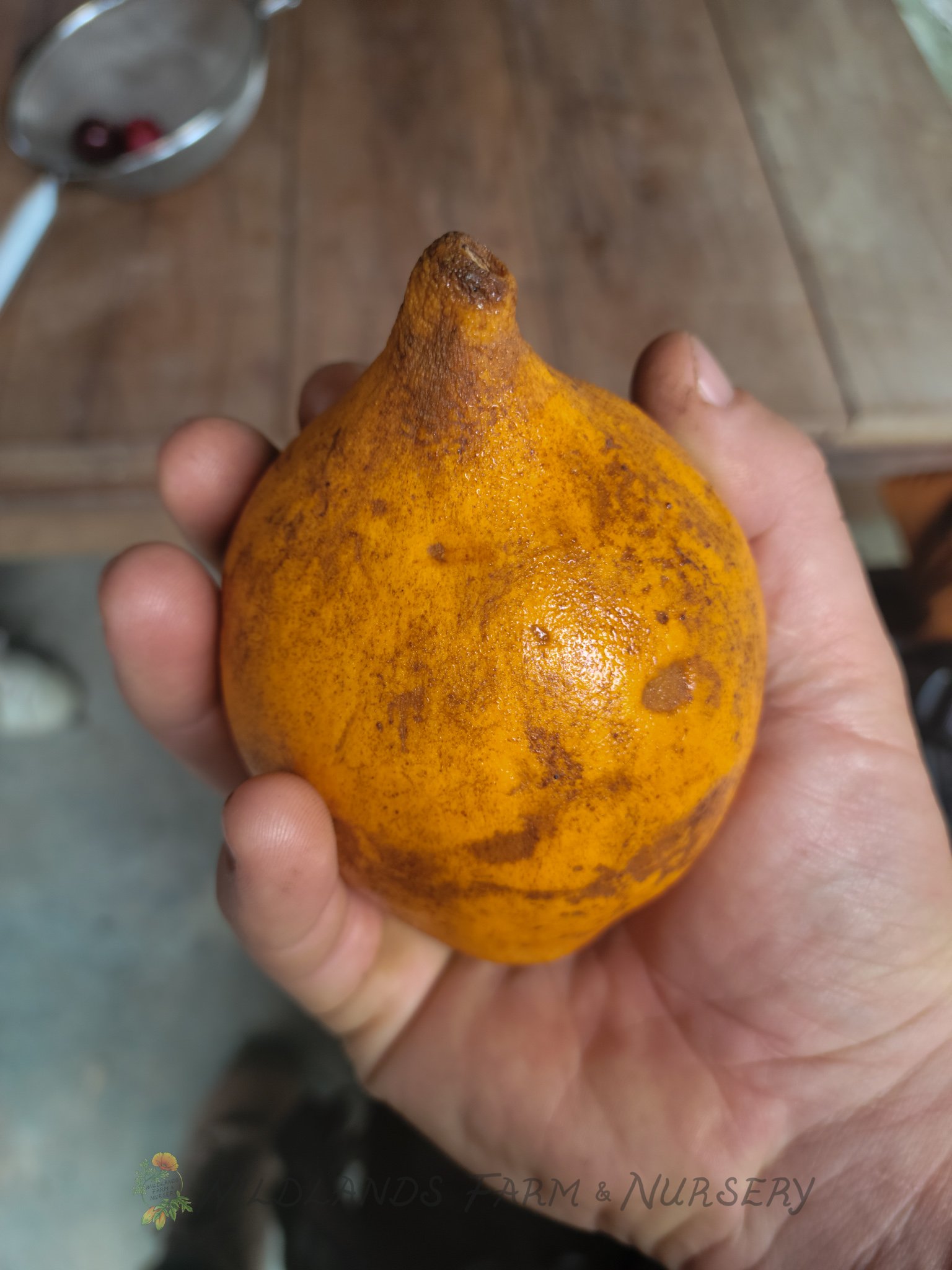
Plinia clausa
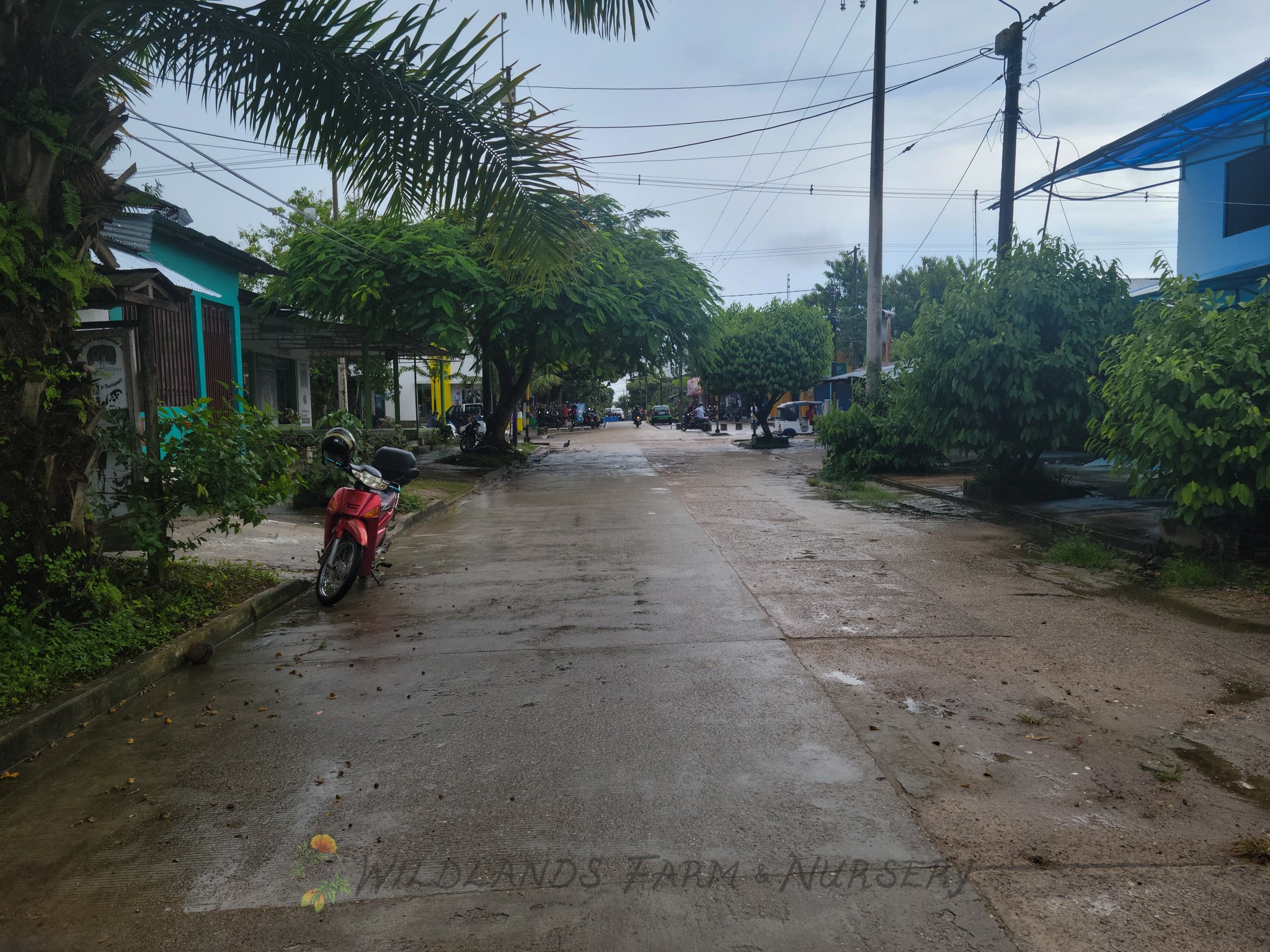
Leticia

Pouroma cecropifolia
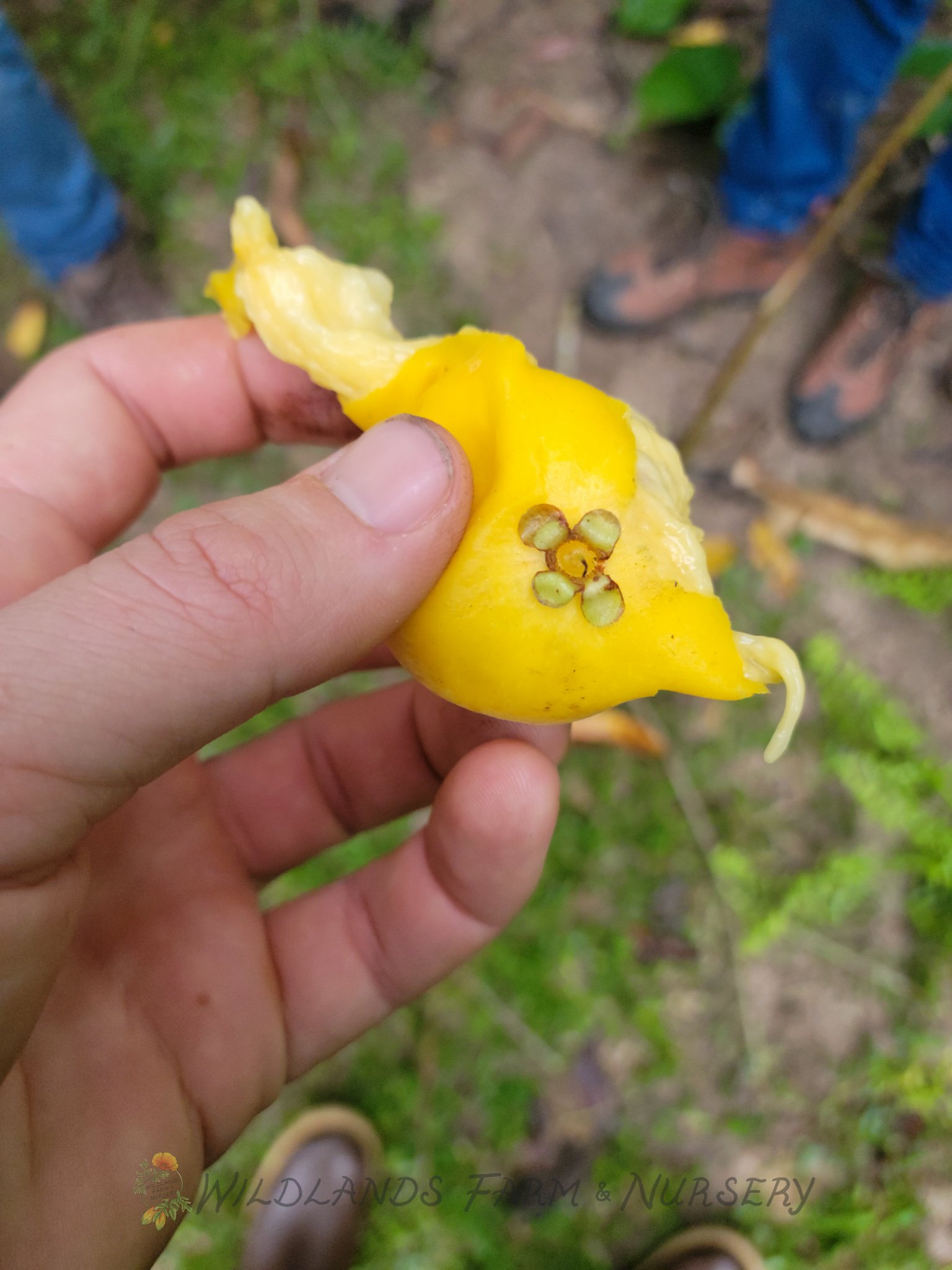
Eugenia stipitata
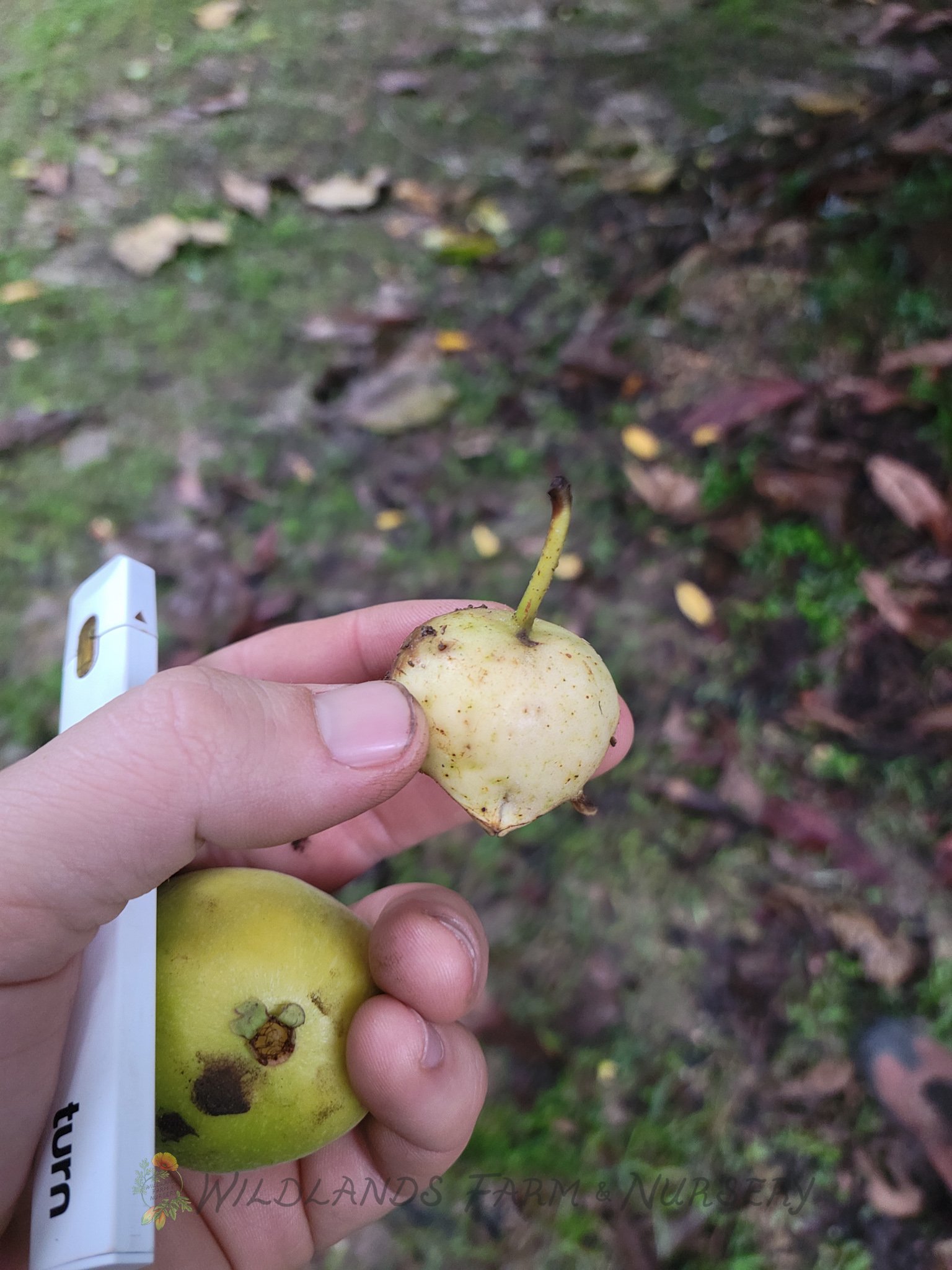
Bellucia sp. maybe pentamera

Bellucia sp.
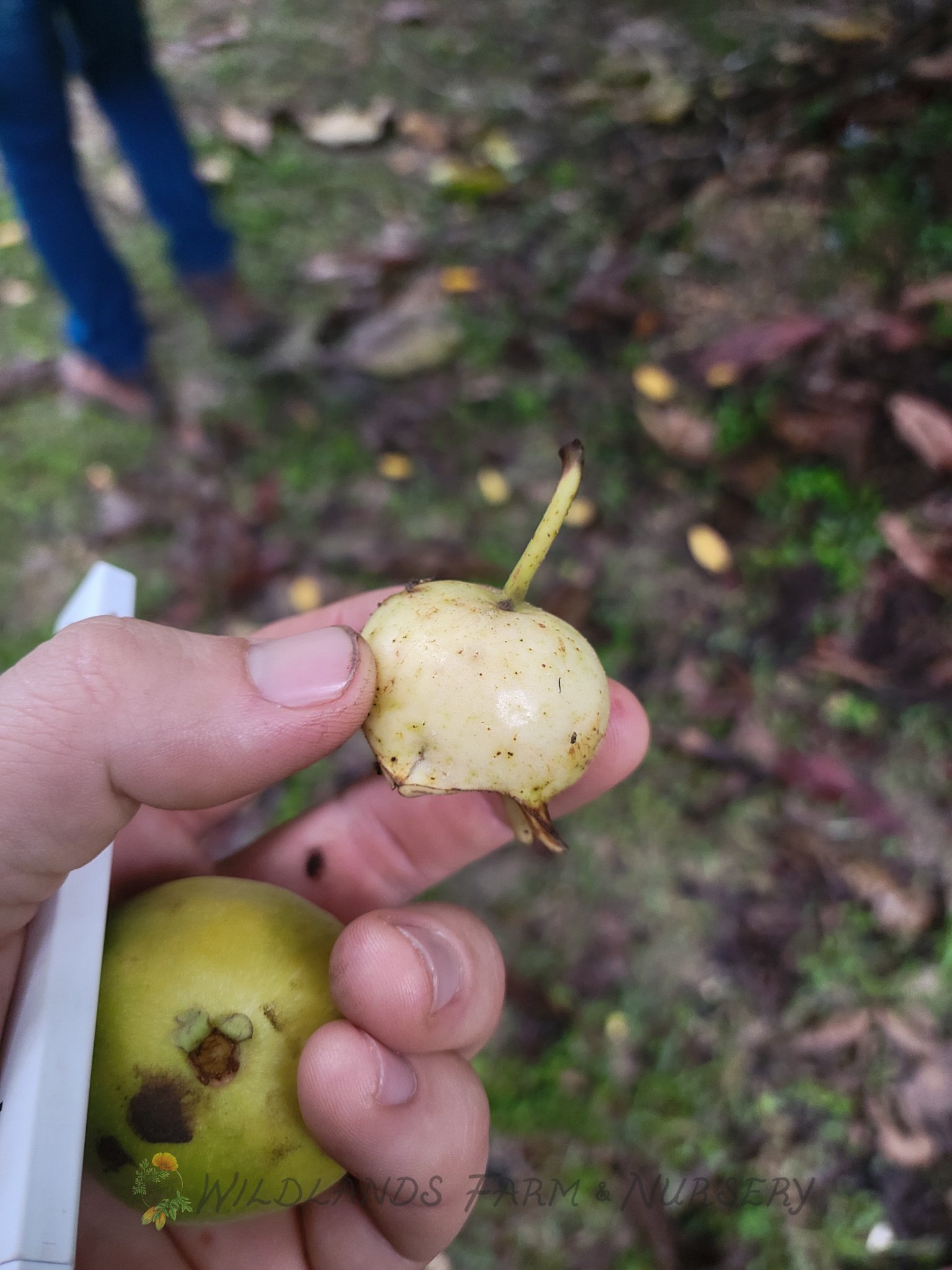
Bellucia sp.
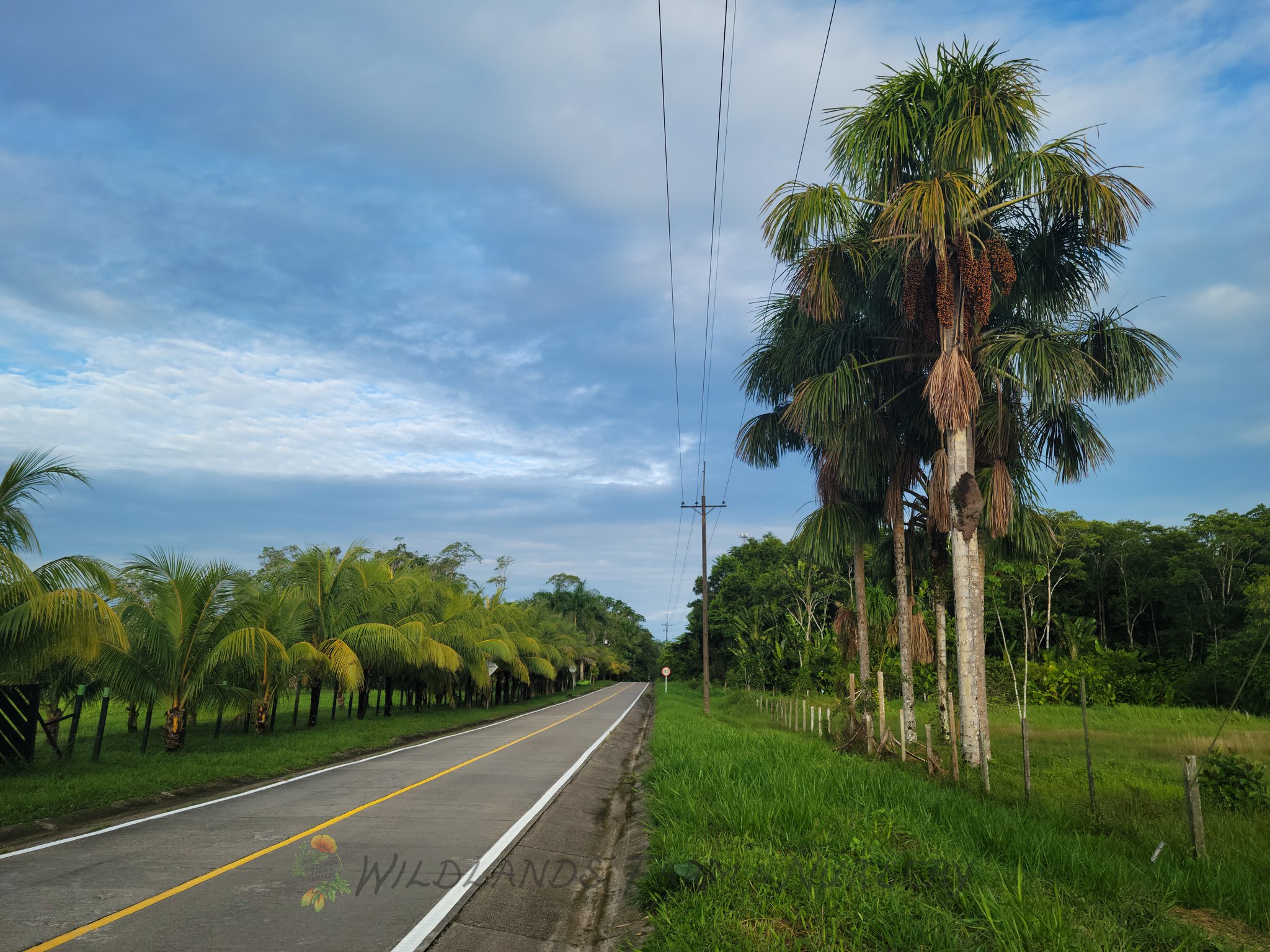
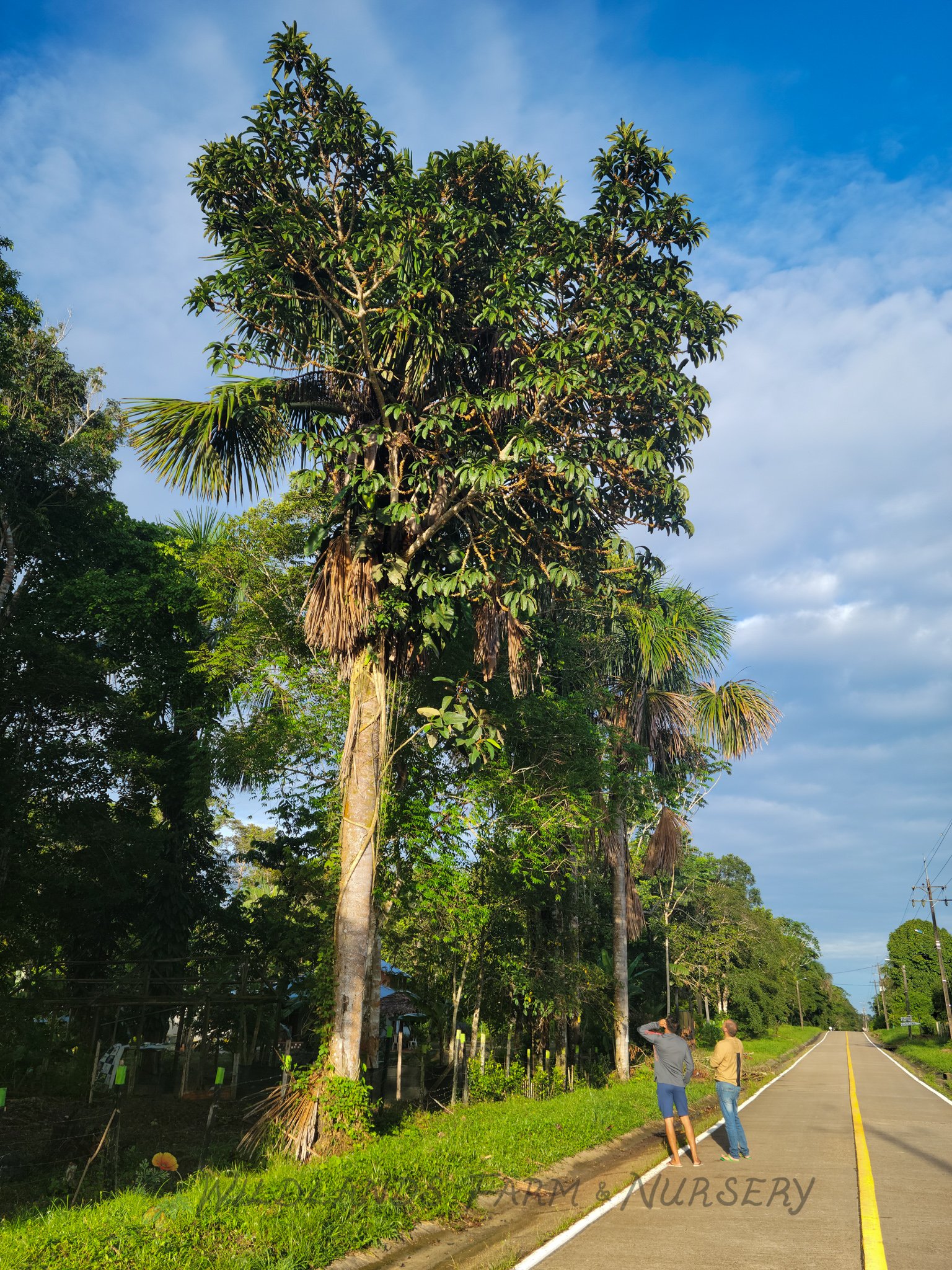
Ficus sp.

Brosmium lactescens

"Devils PP" as stated by the guide.

Duguetia stenantha, Matisia cordata, Theobroma grandifolium & some Citrus sp.

Port at Leticia

"Pahway"
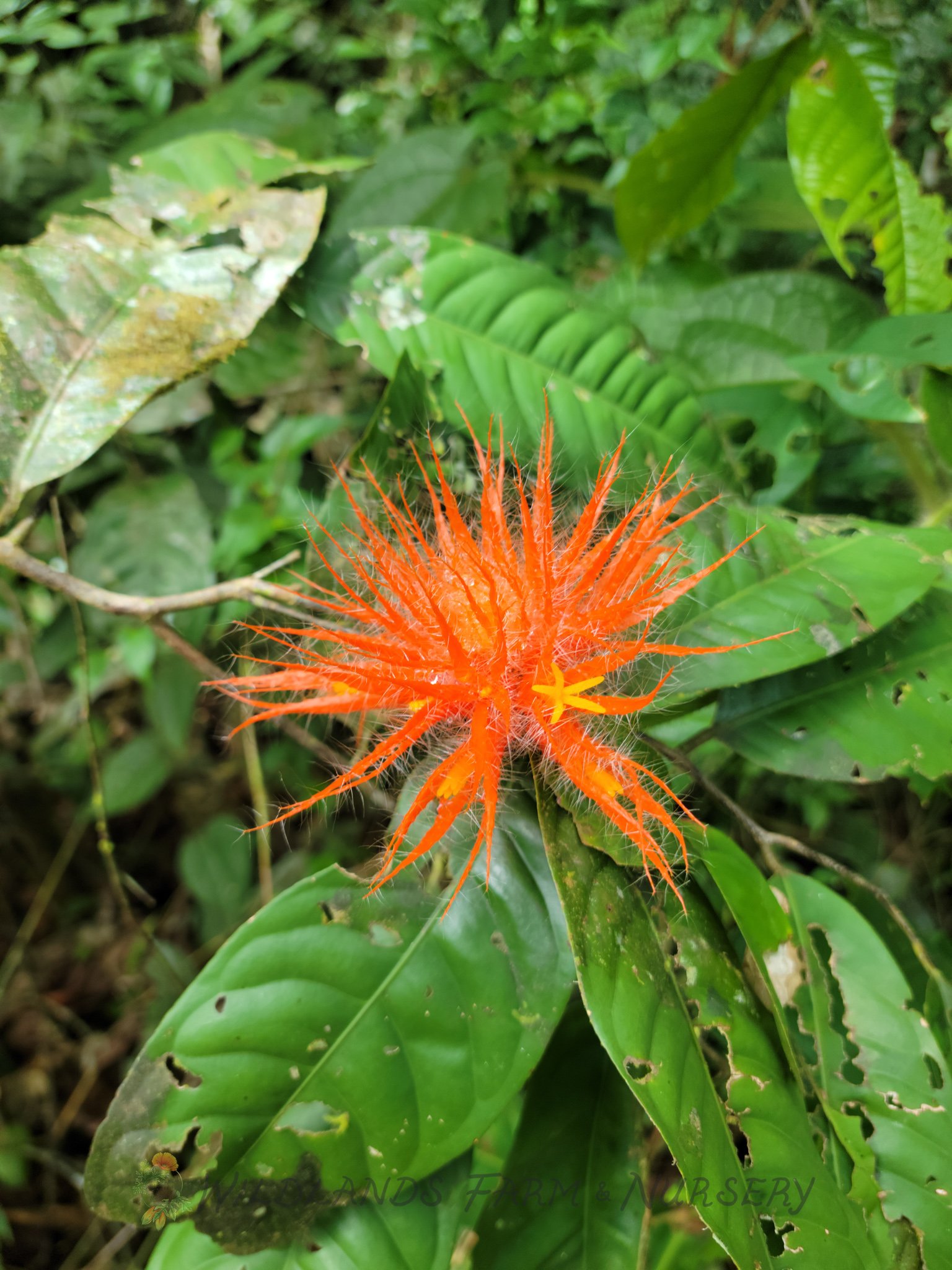
Not sure, maybe Rubiaceae




The streets of Puerto Narino
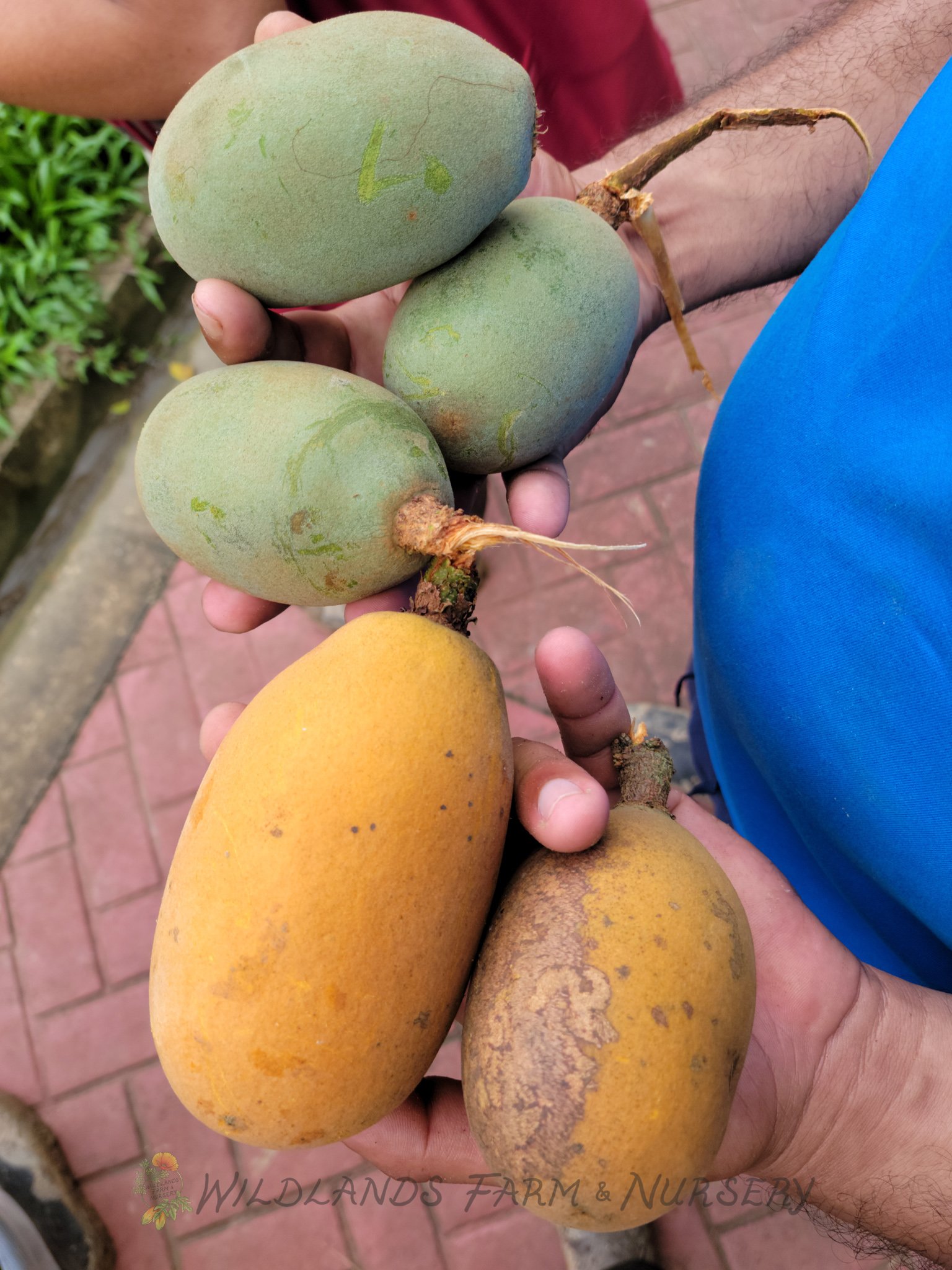
Theobroma subicanum

Theobroma subicanum

Looking out at the Amazon River and side lakes from Puerto Narino
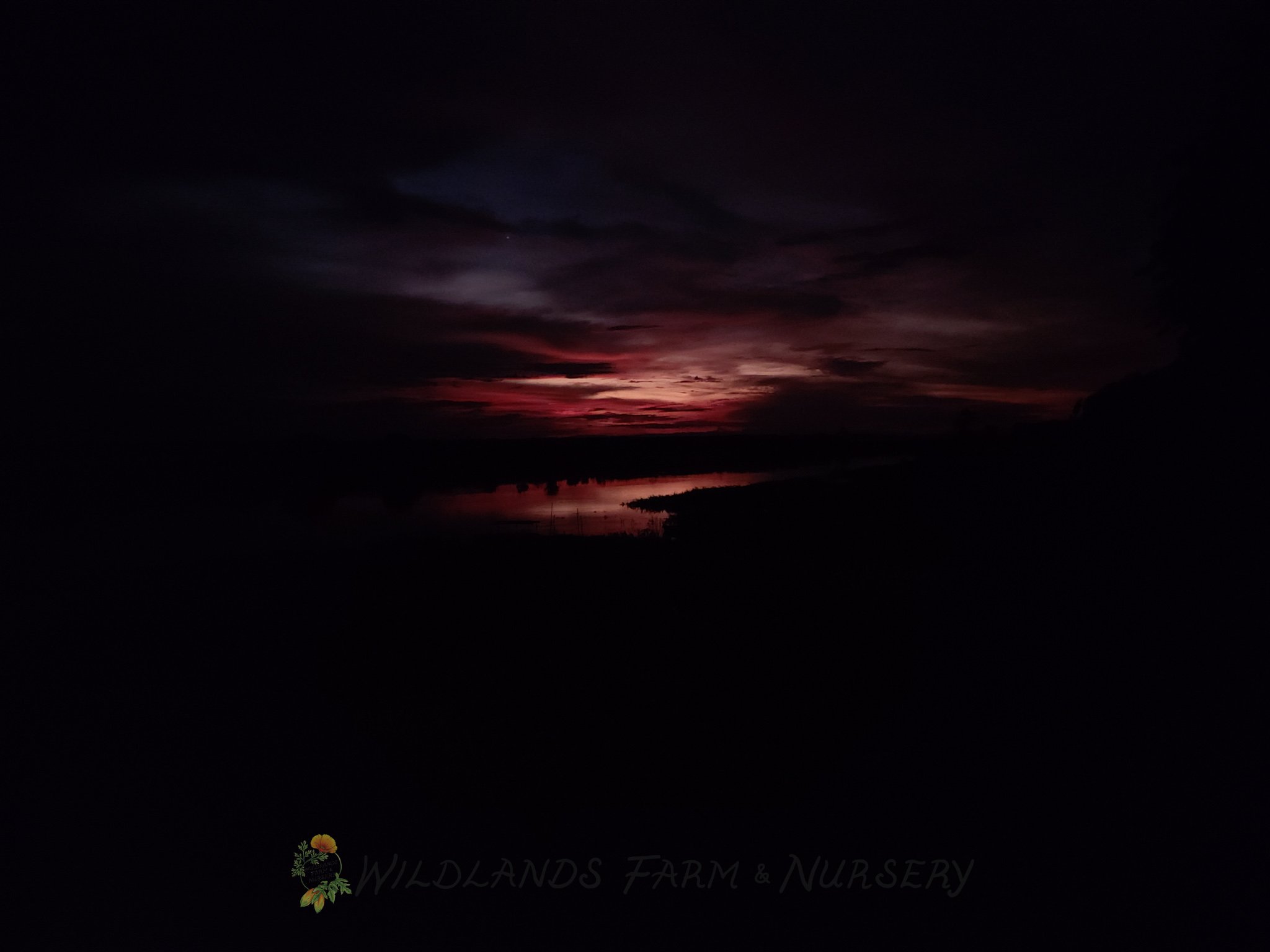
Amazon River Sunset

Erythrina sp. along the banks of the Amazon.
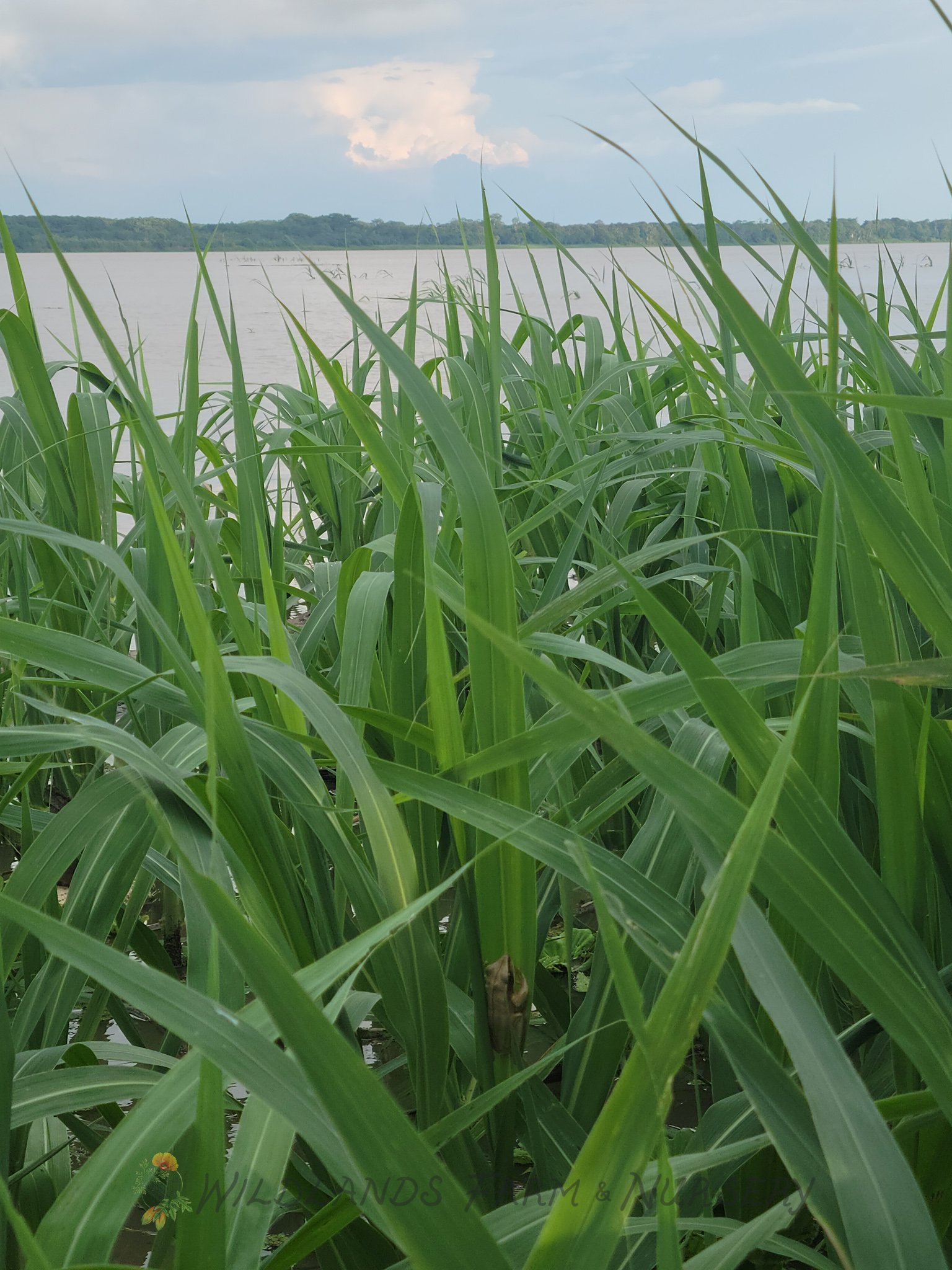
Frog in a floating grass patch
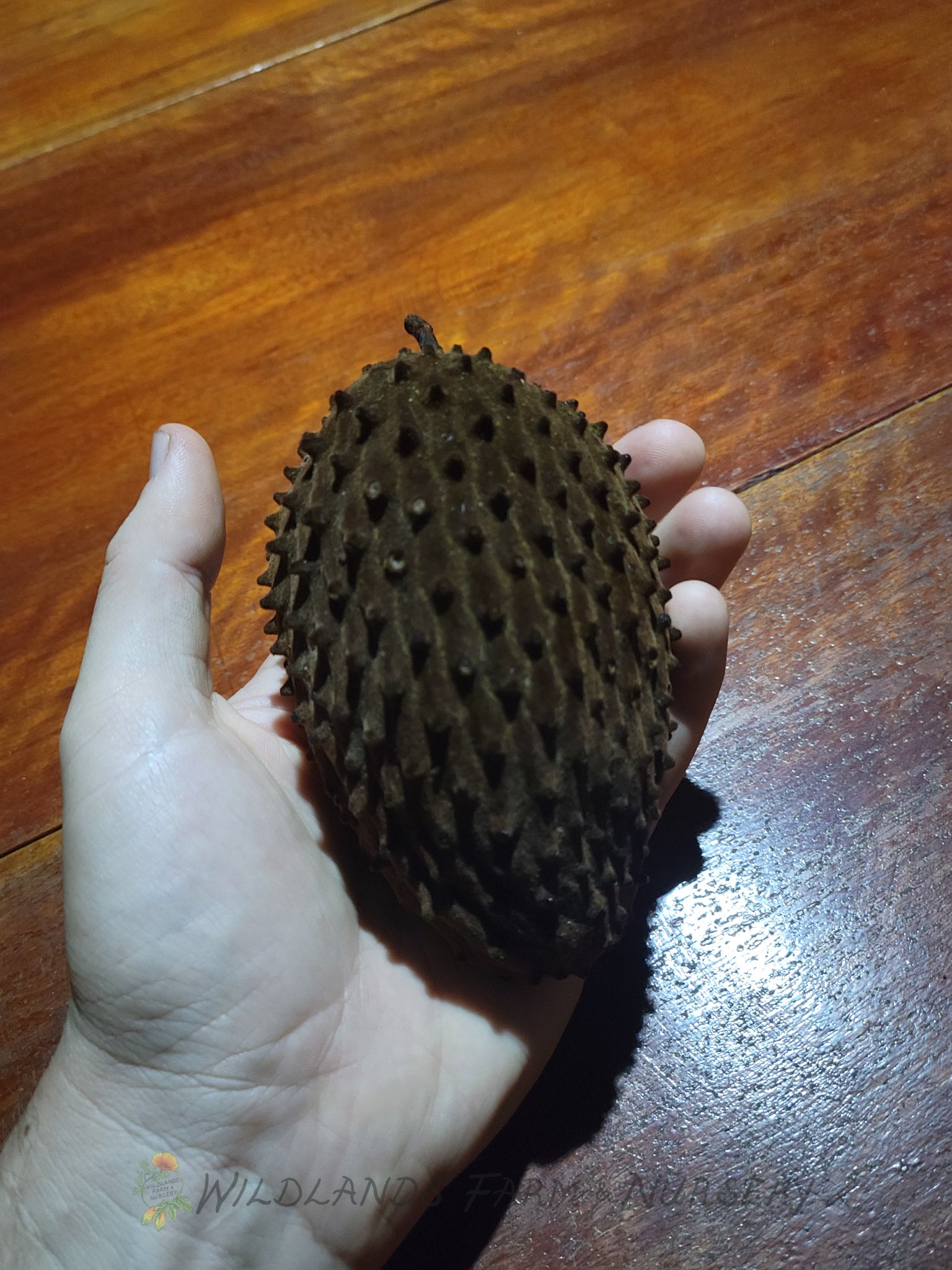
Annona cherimoloides
